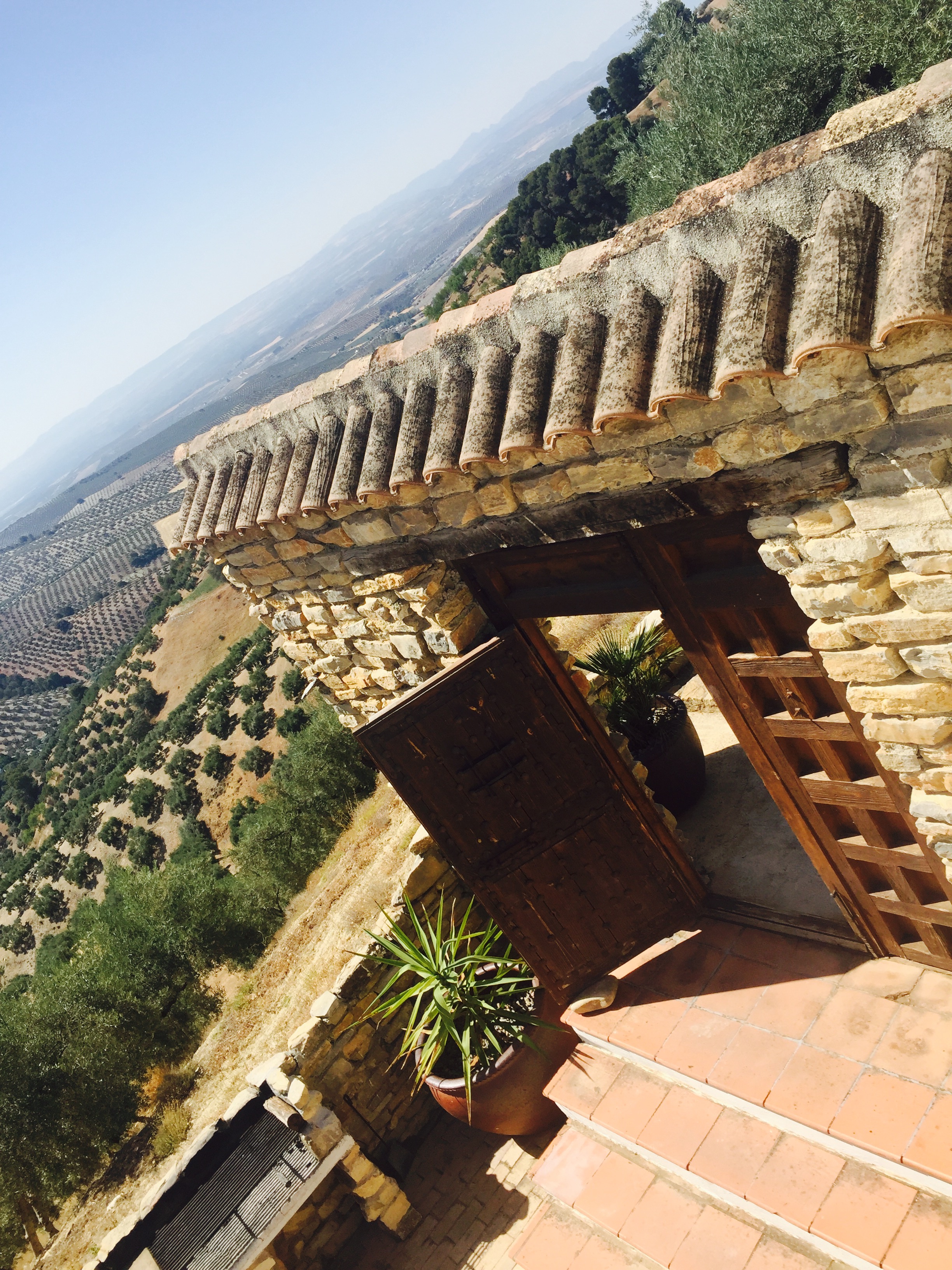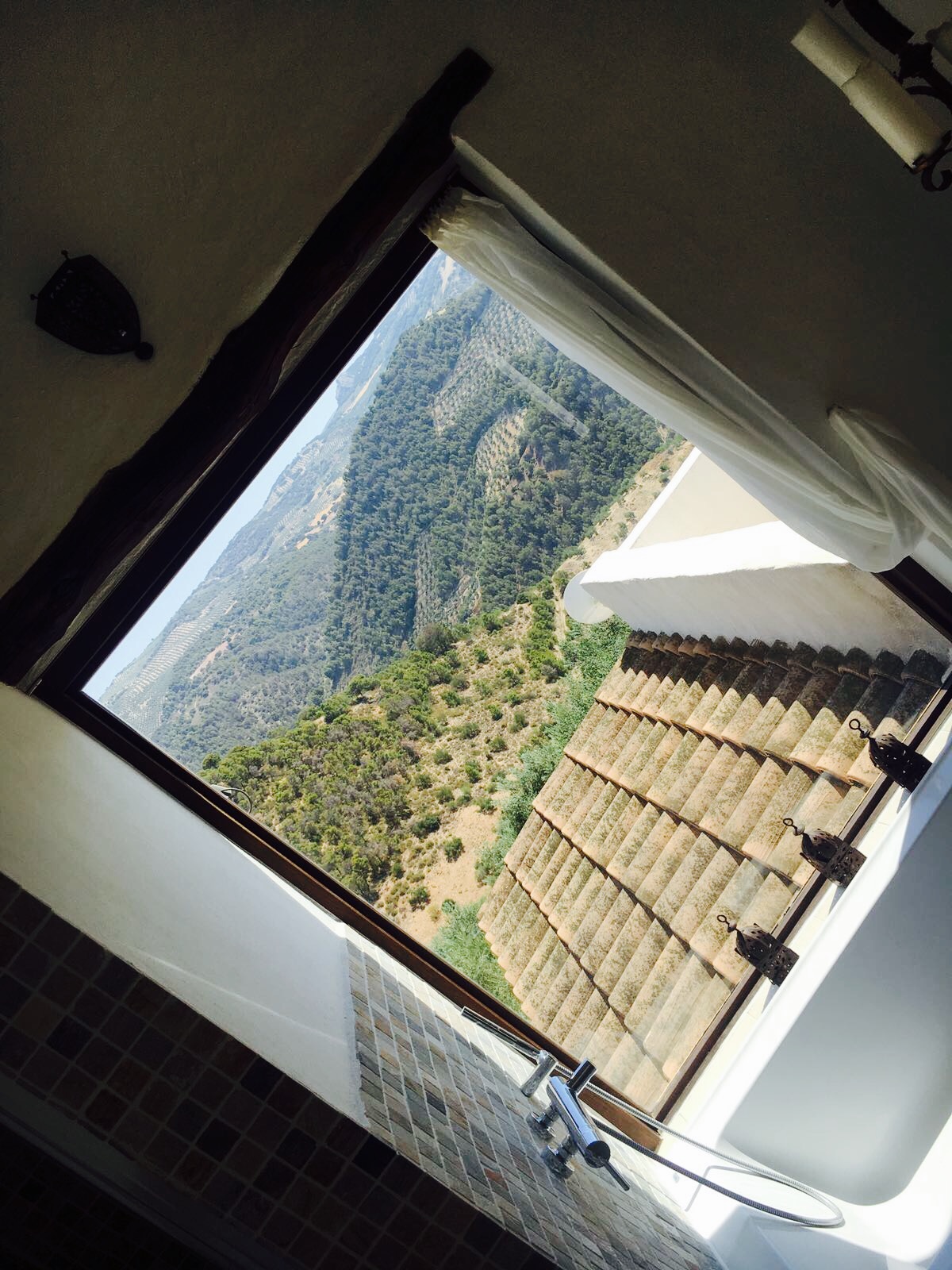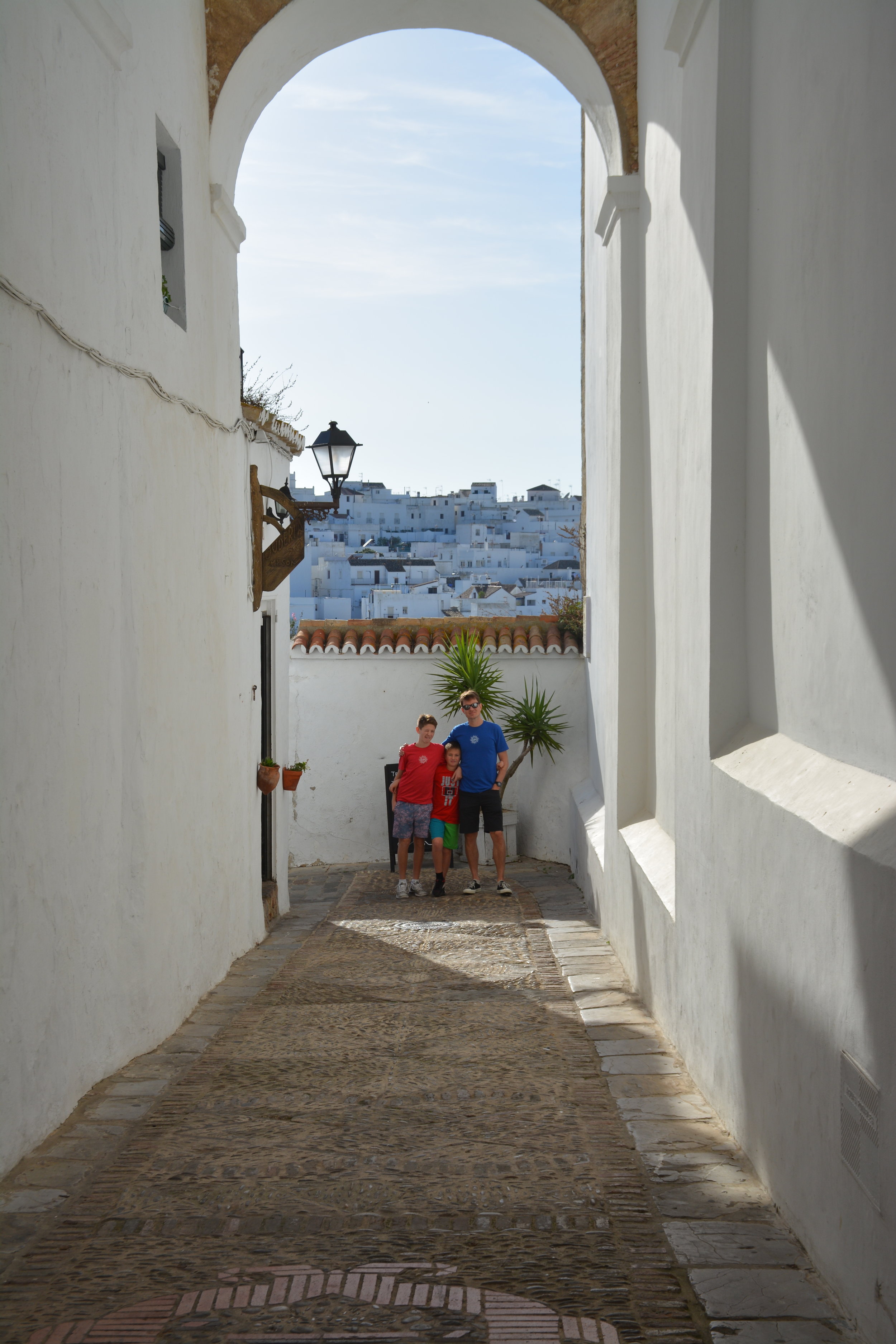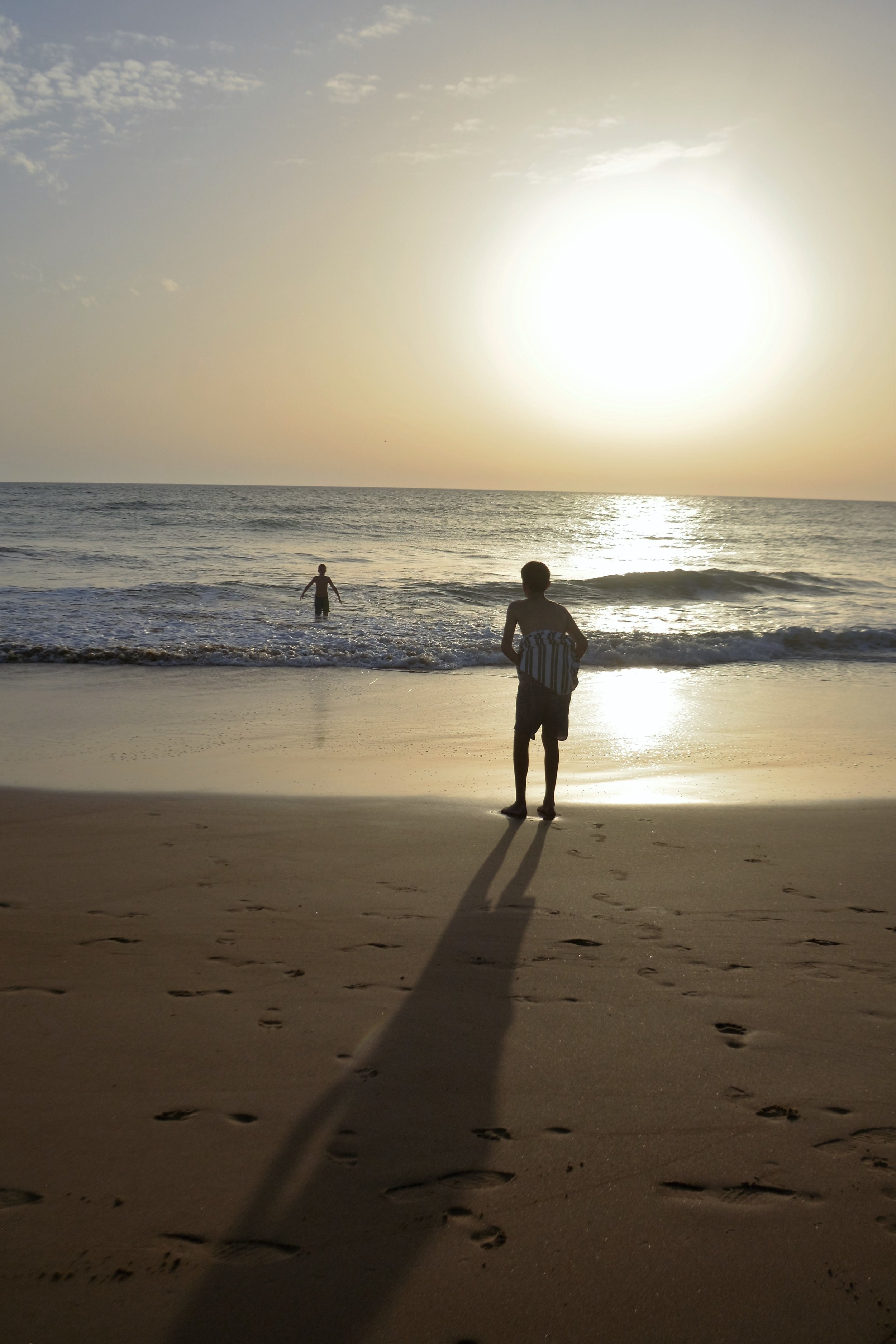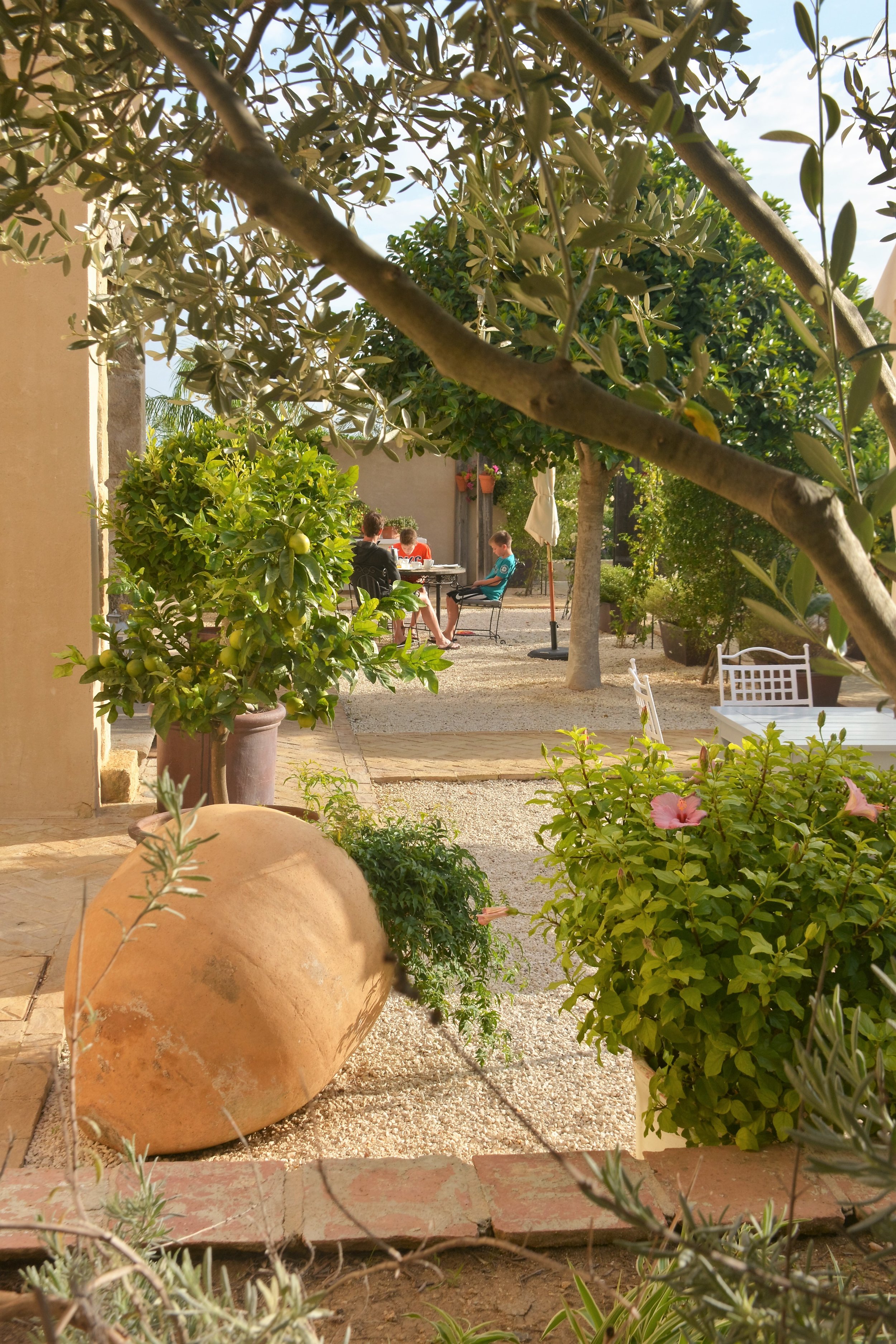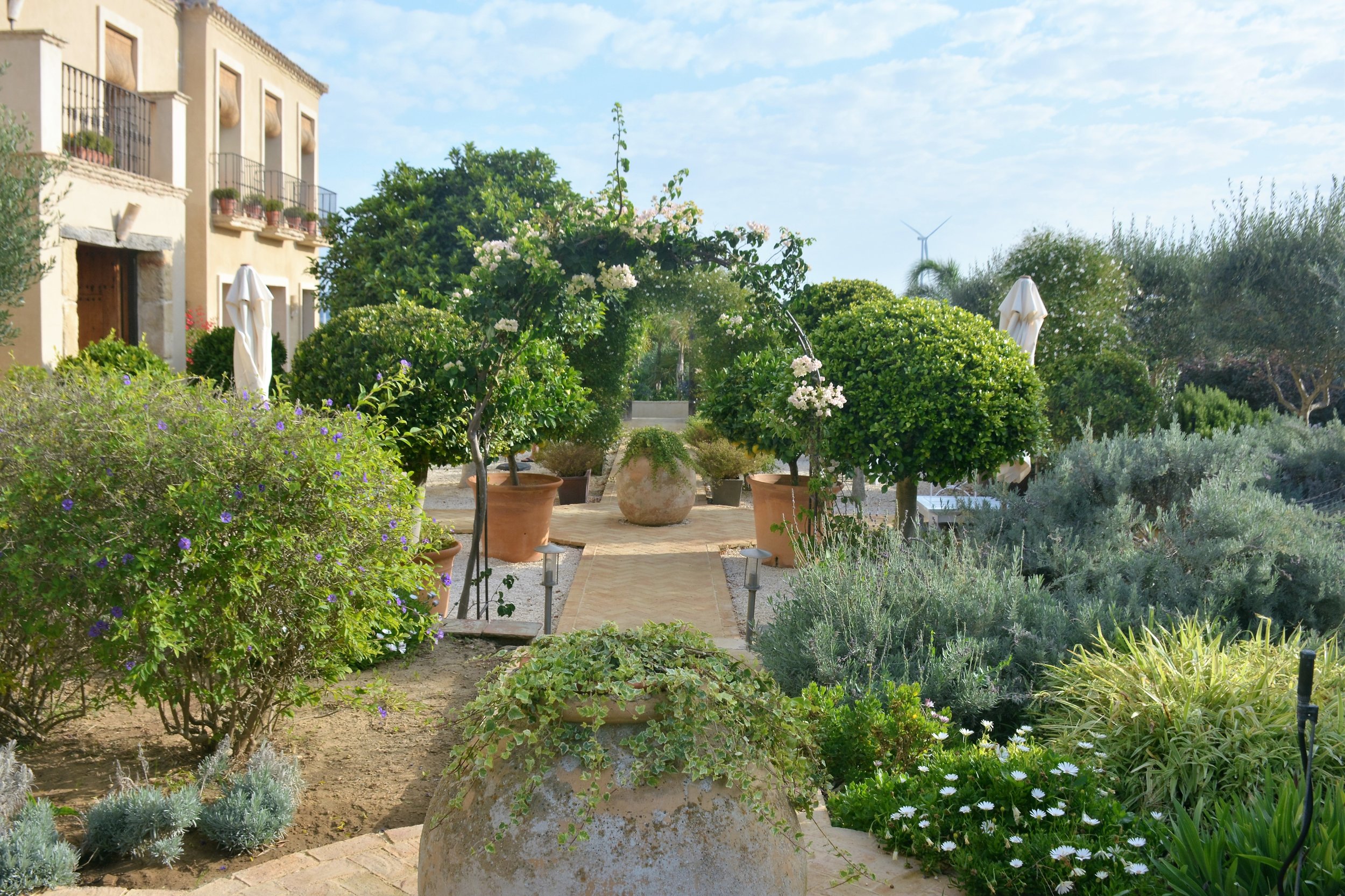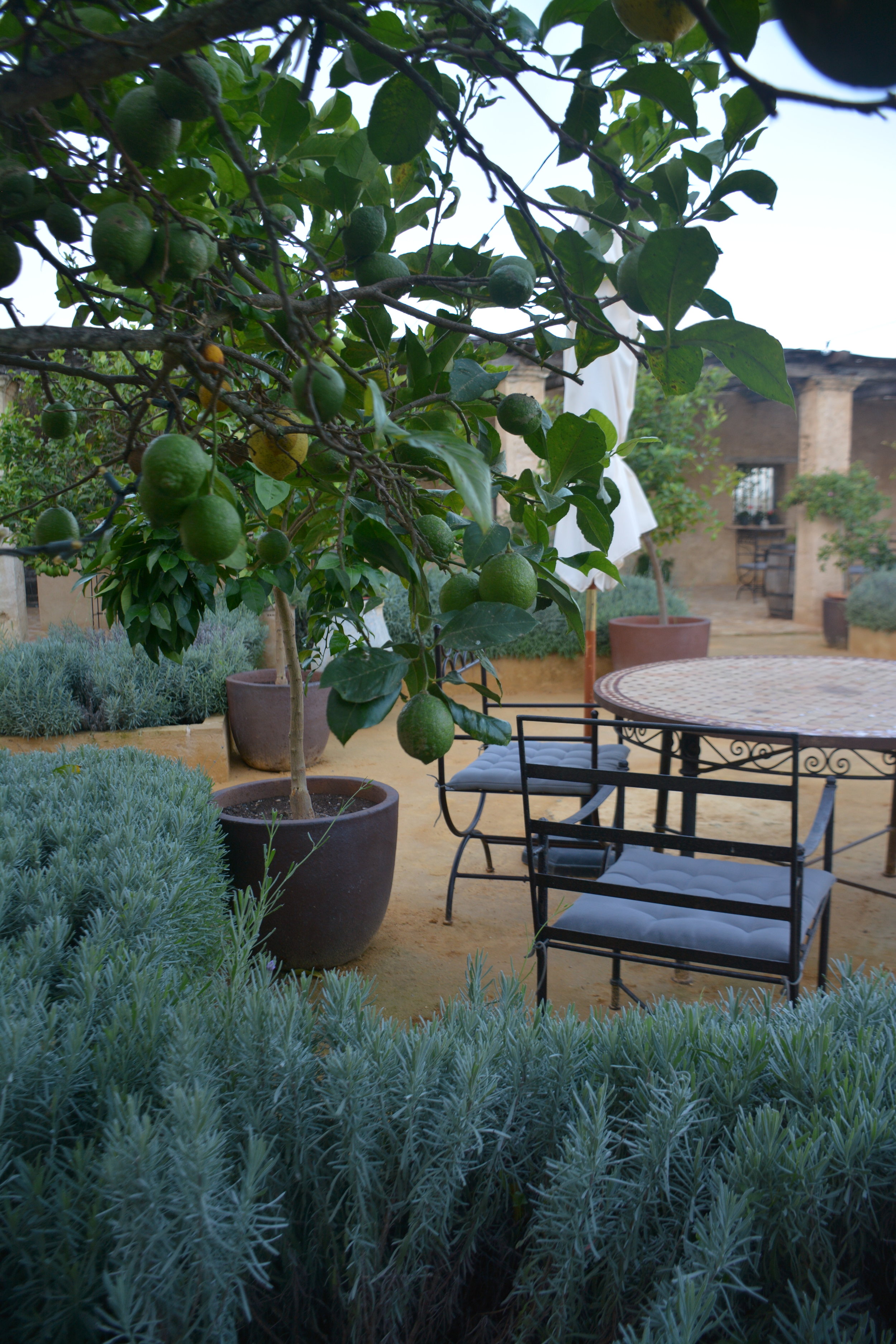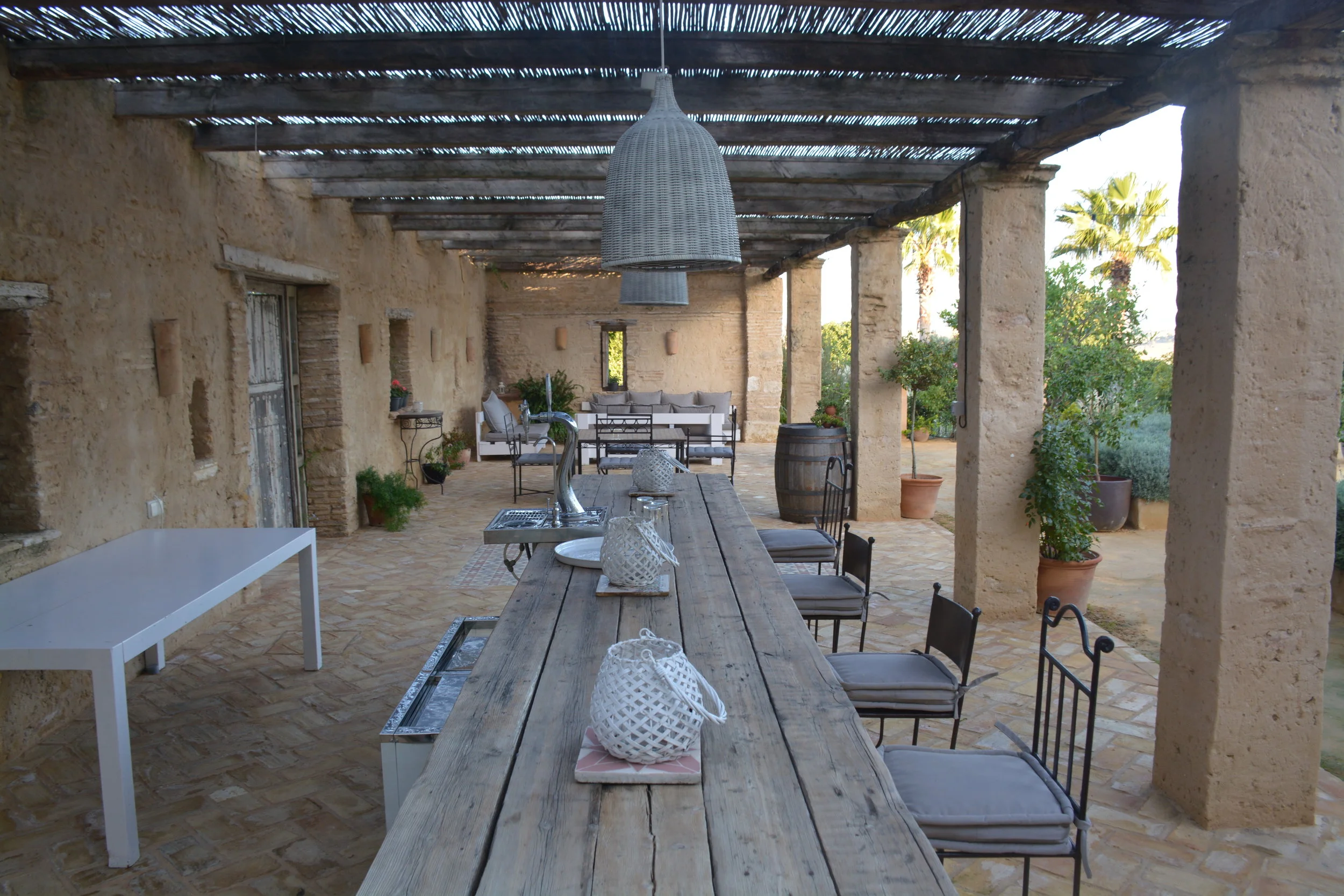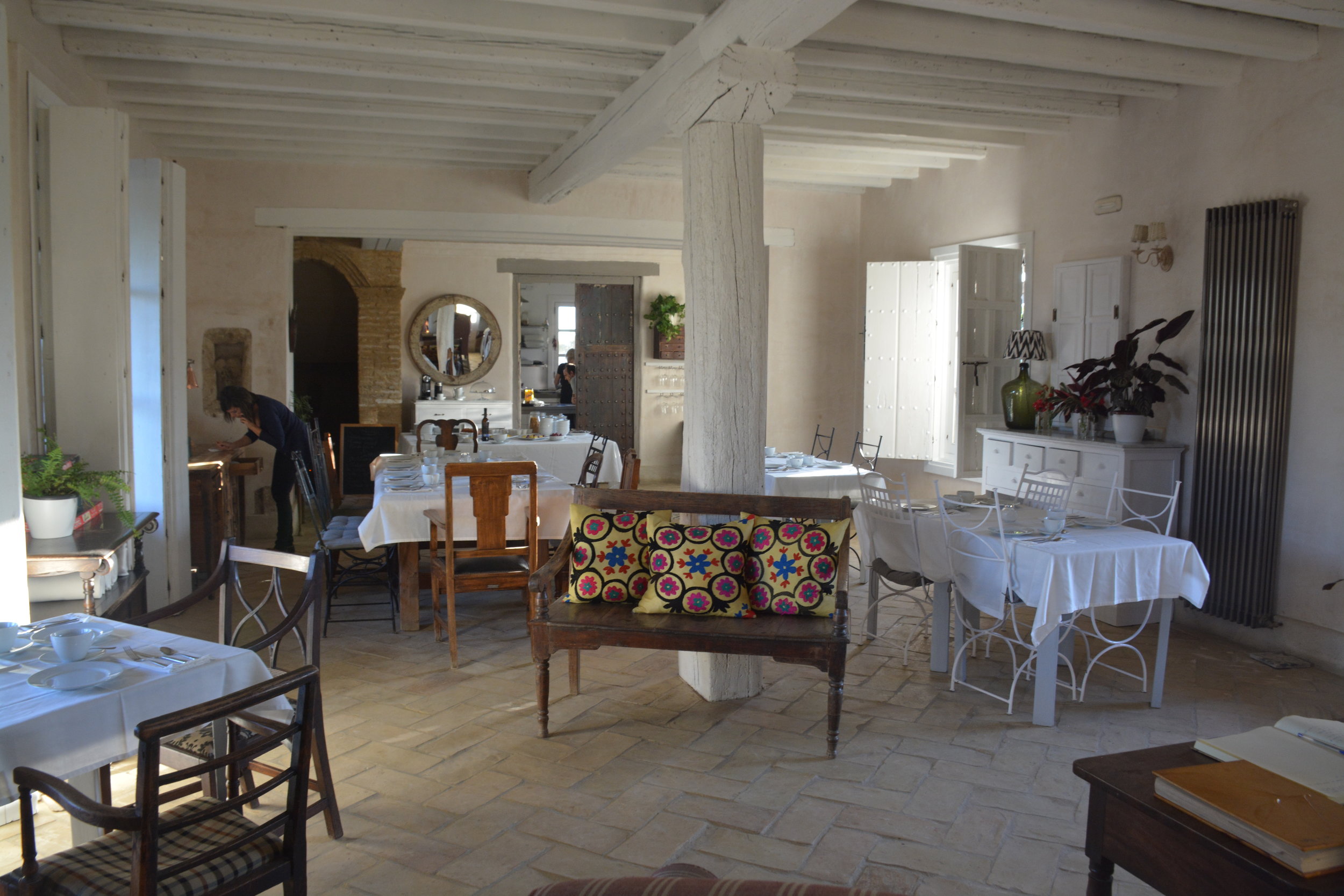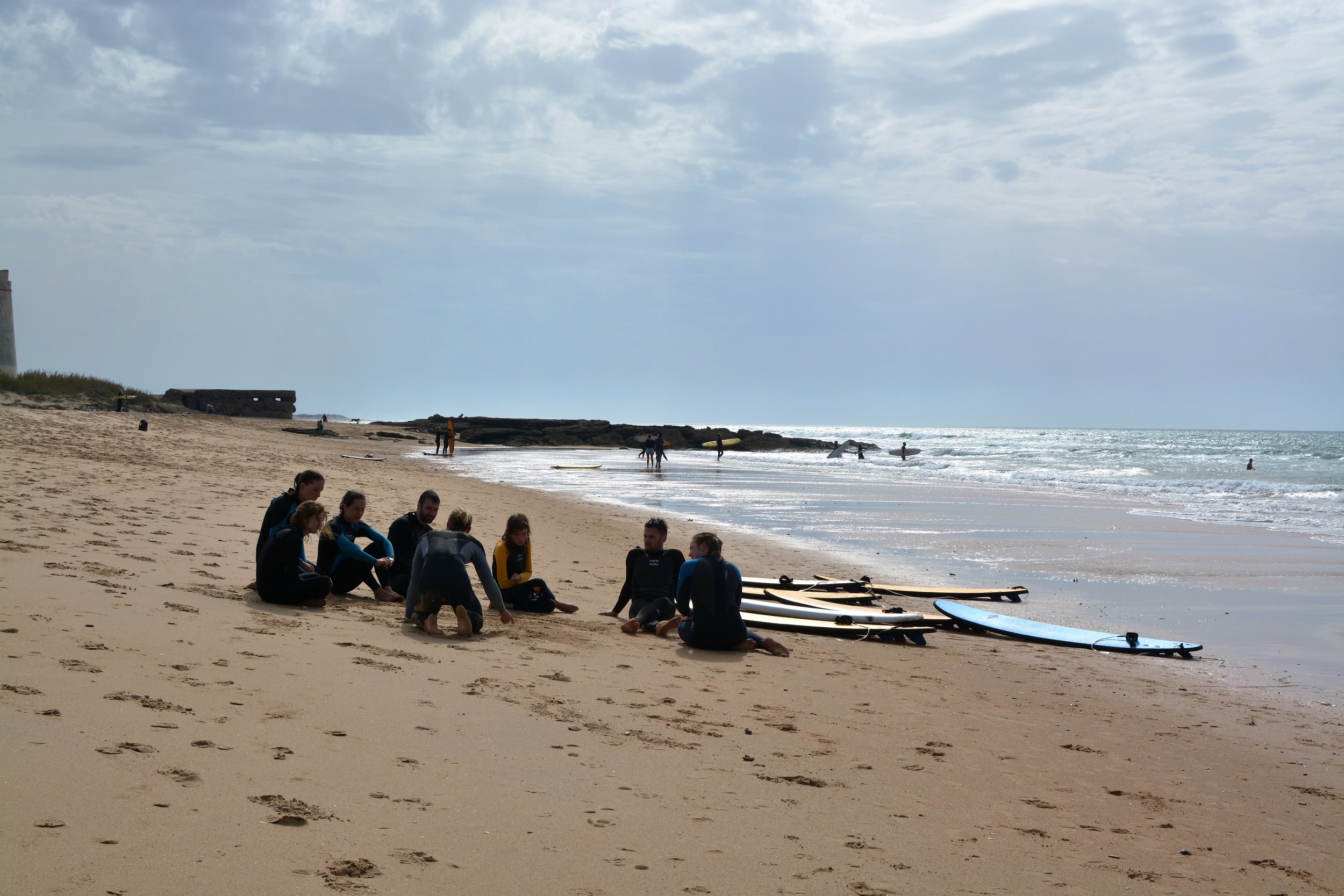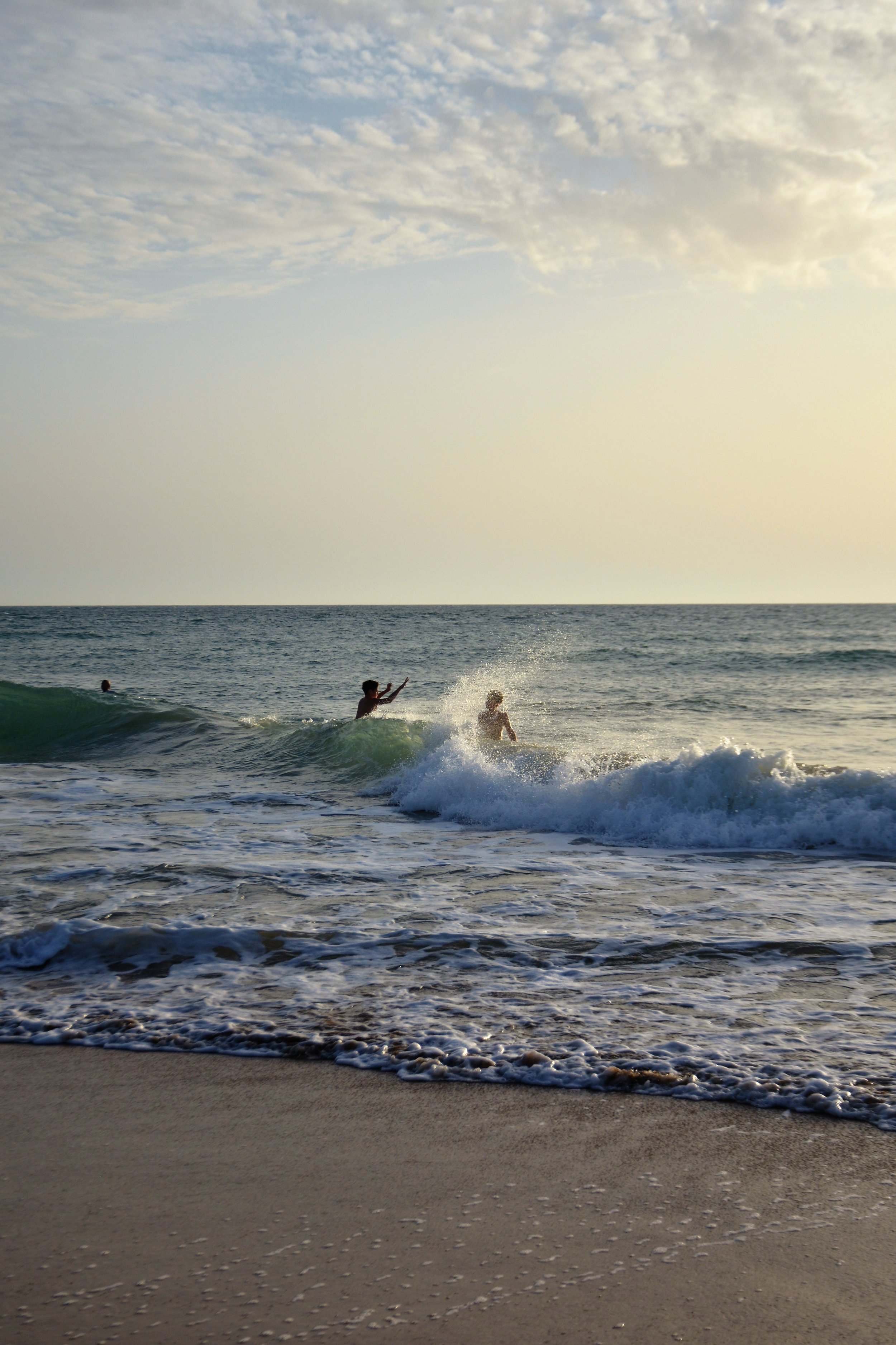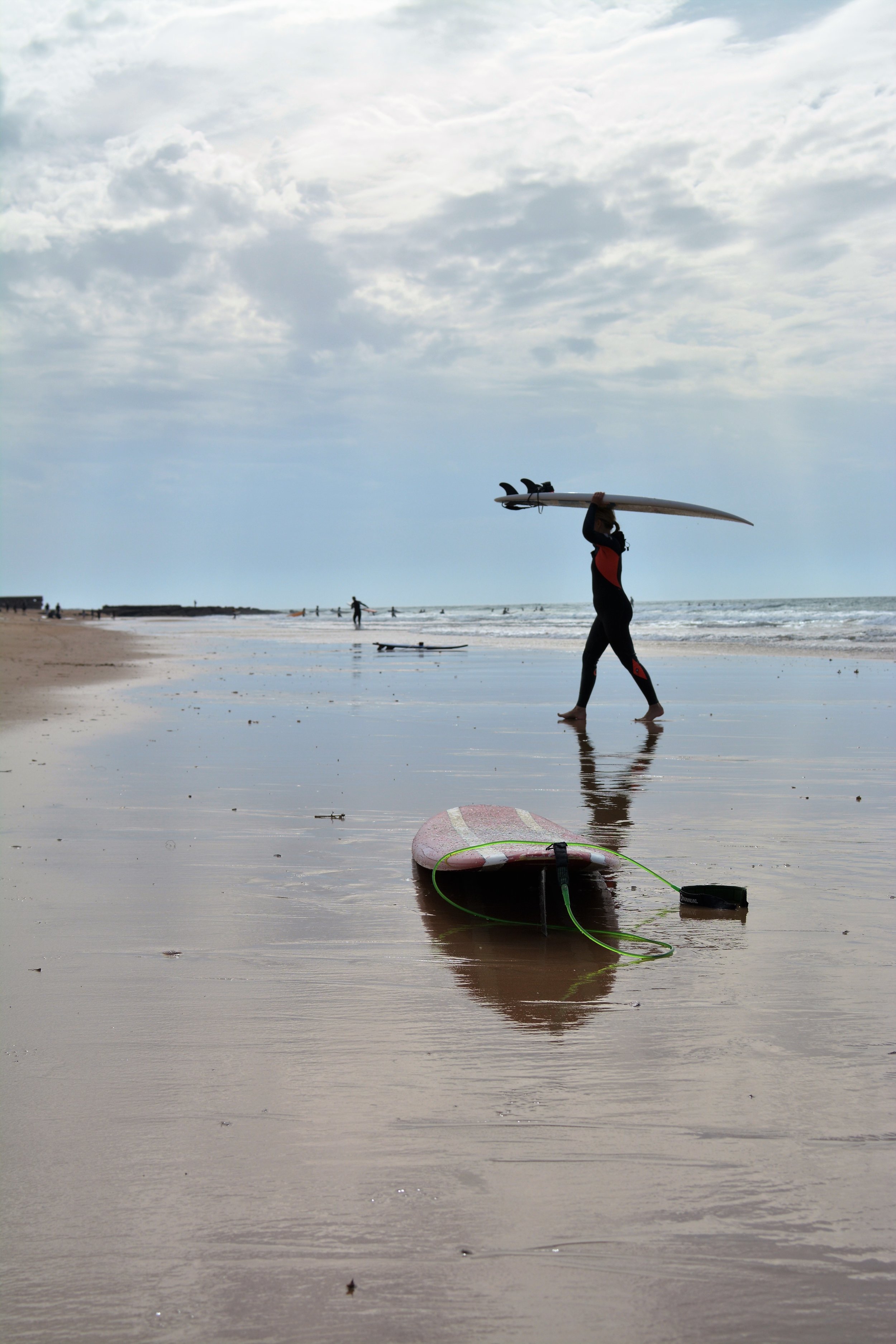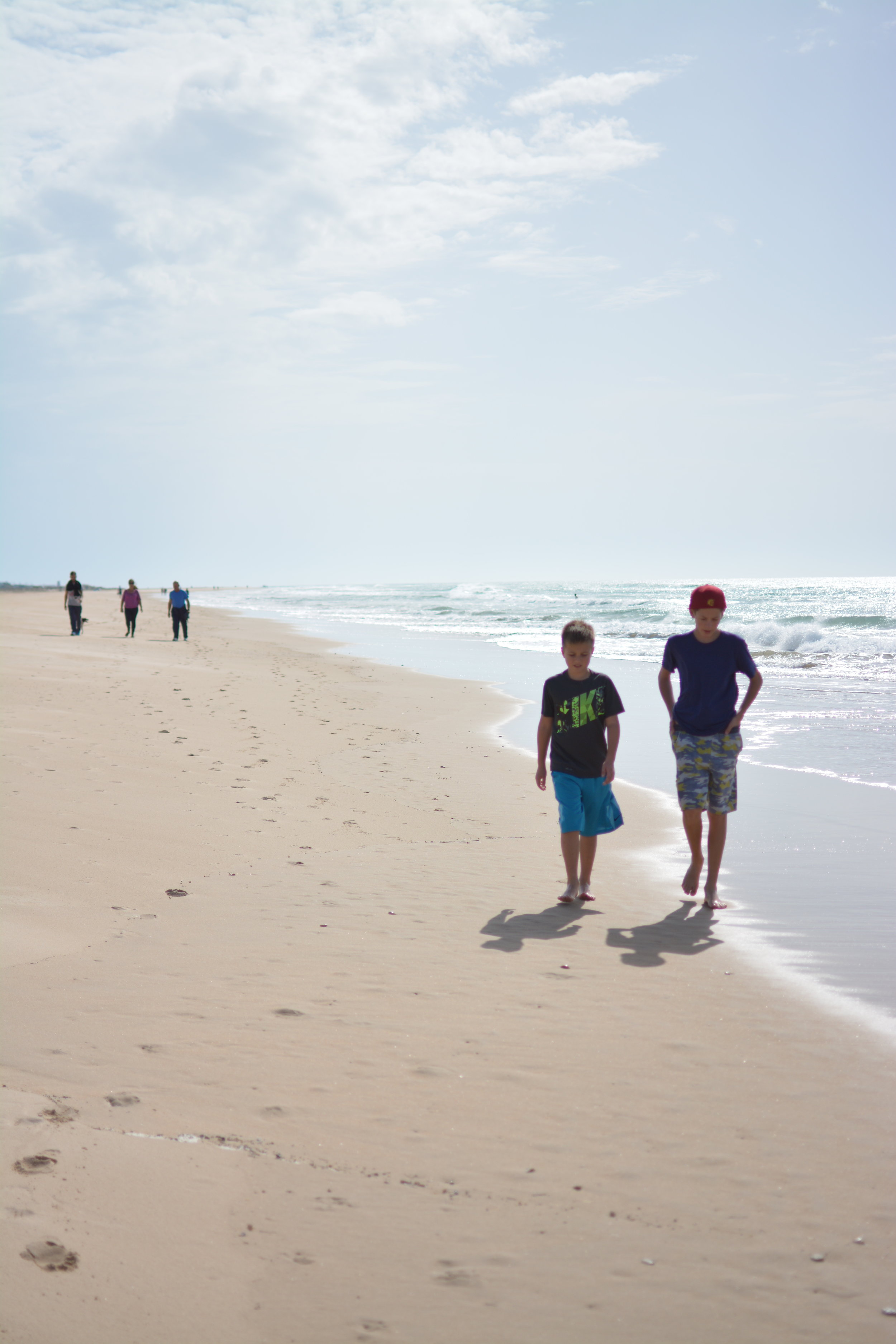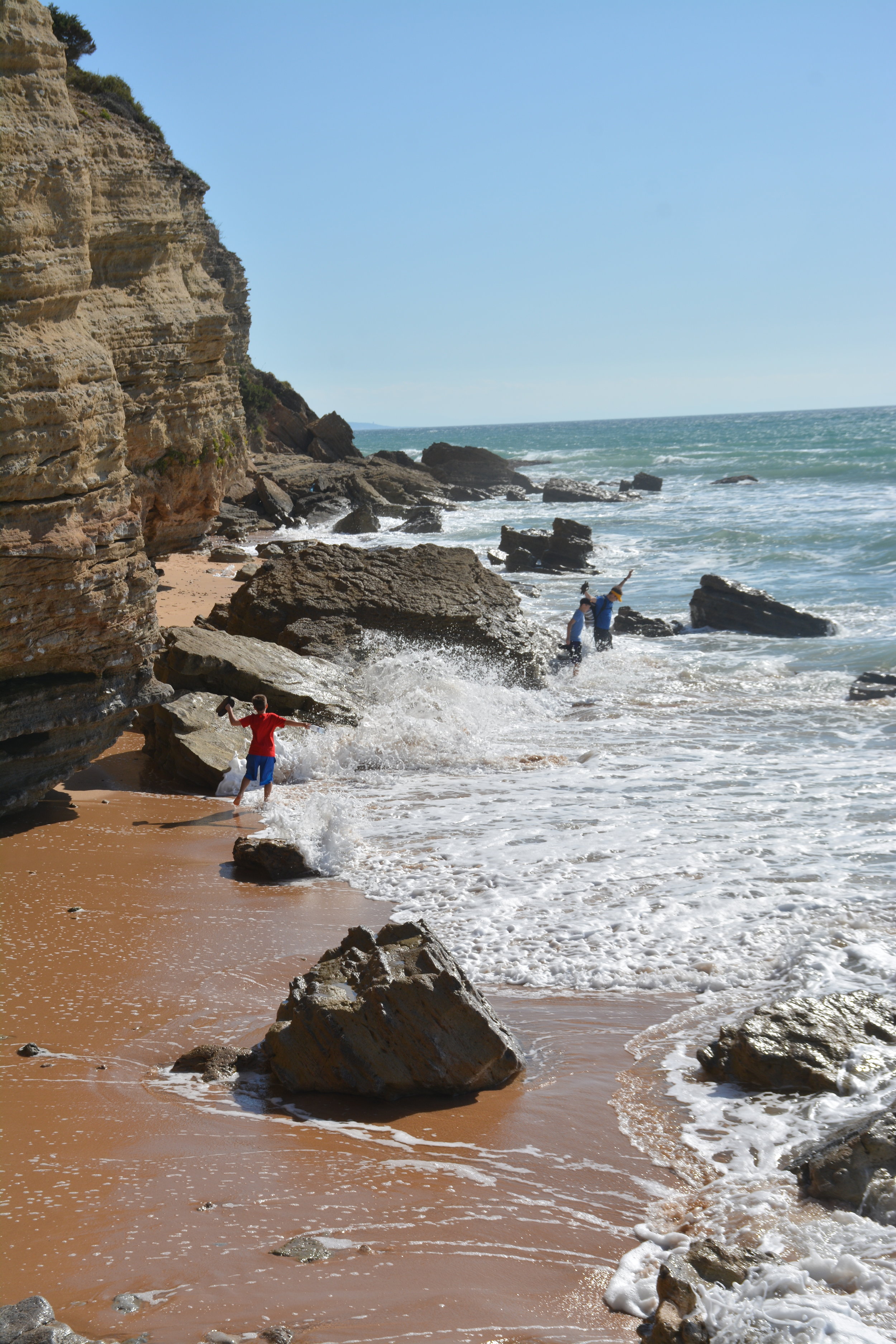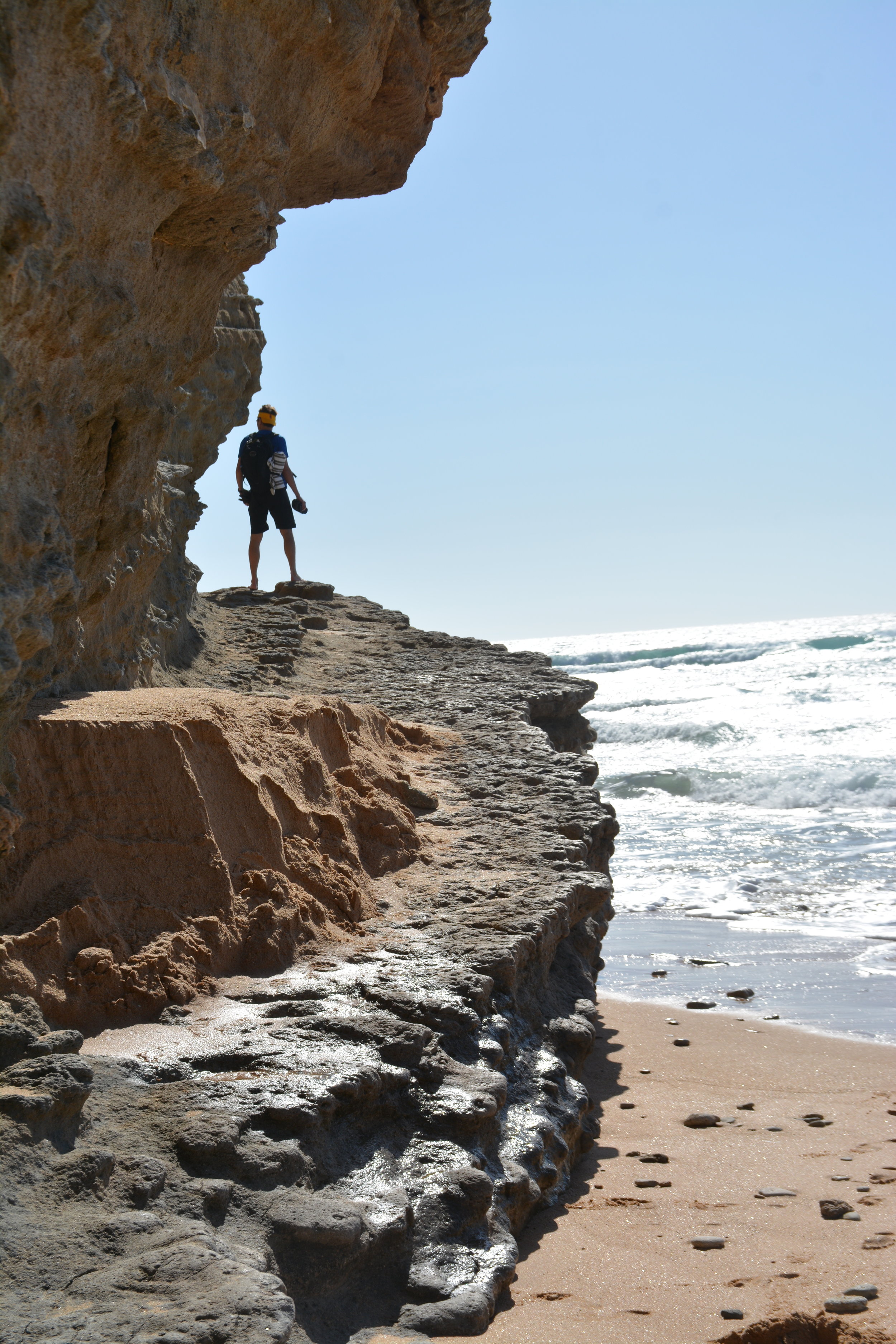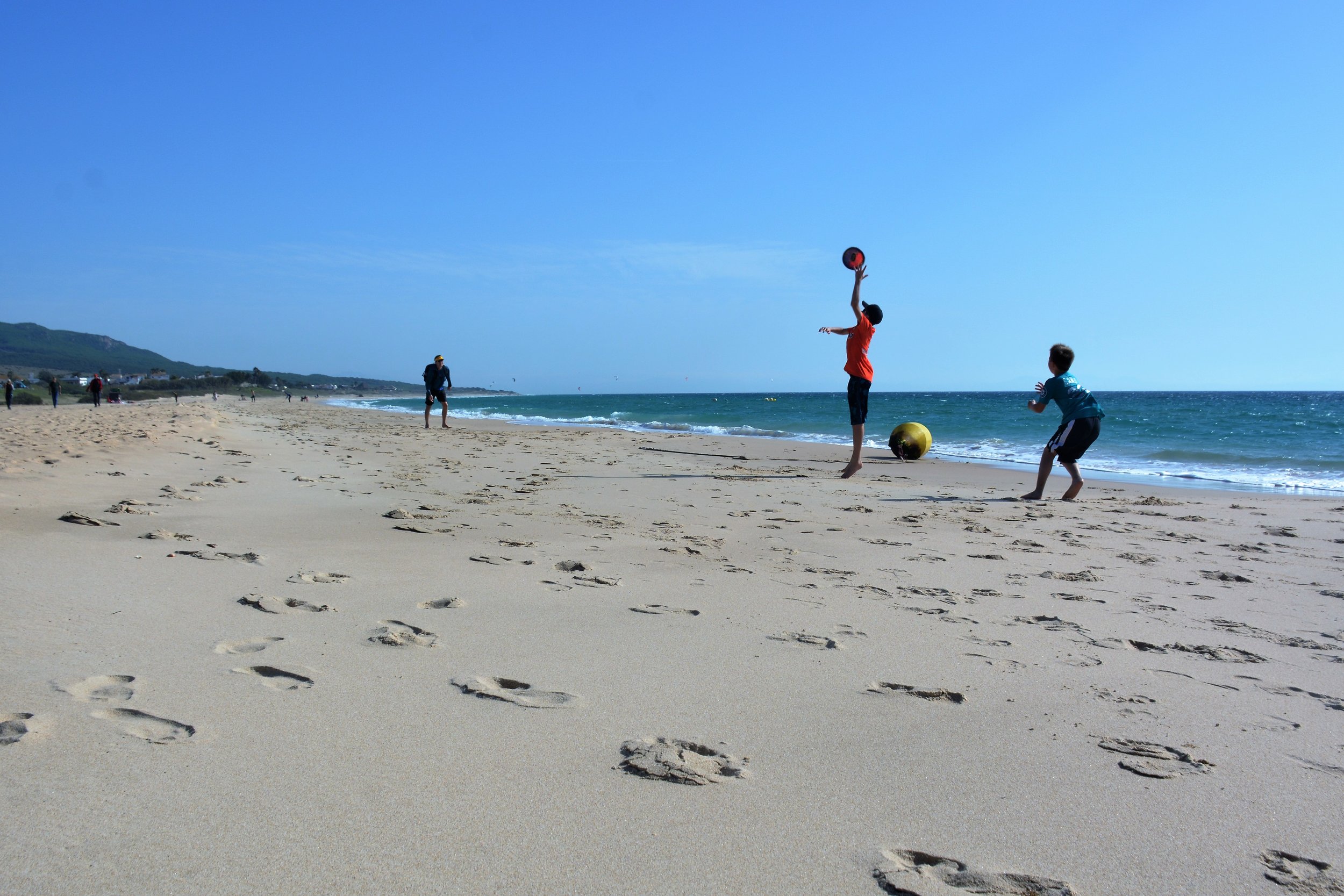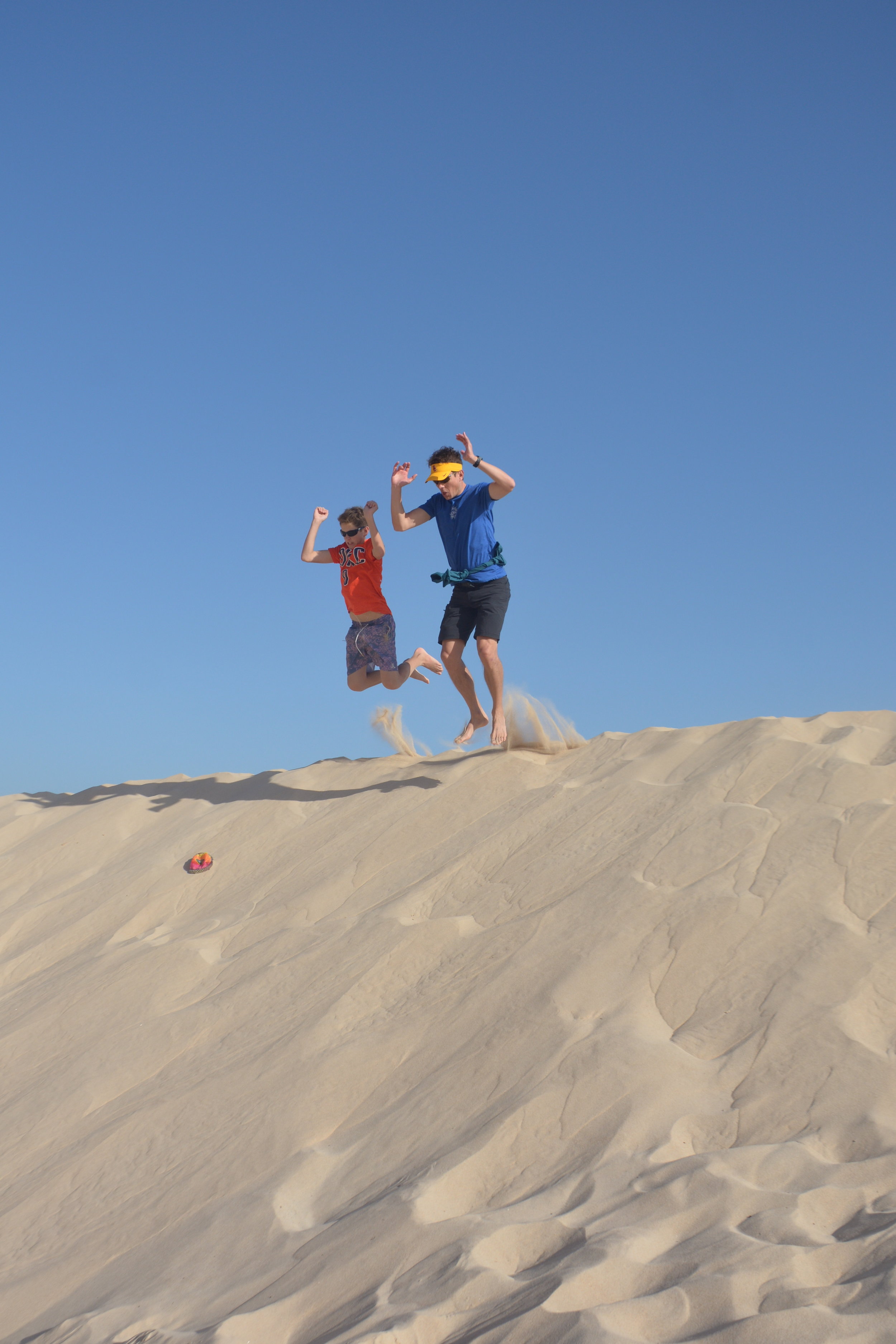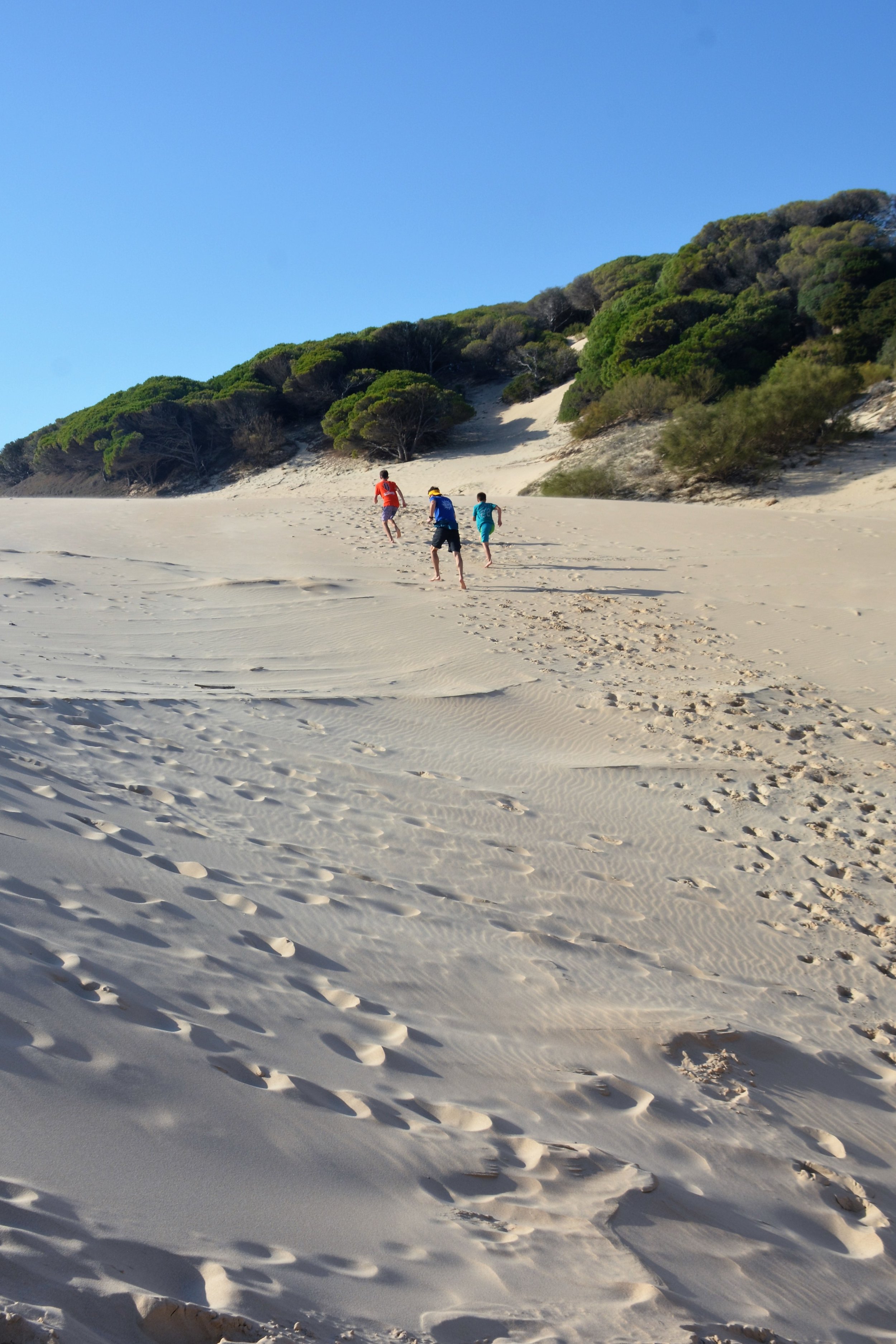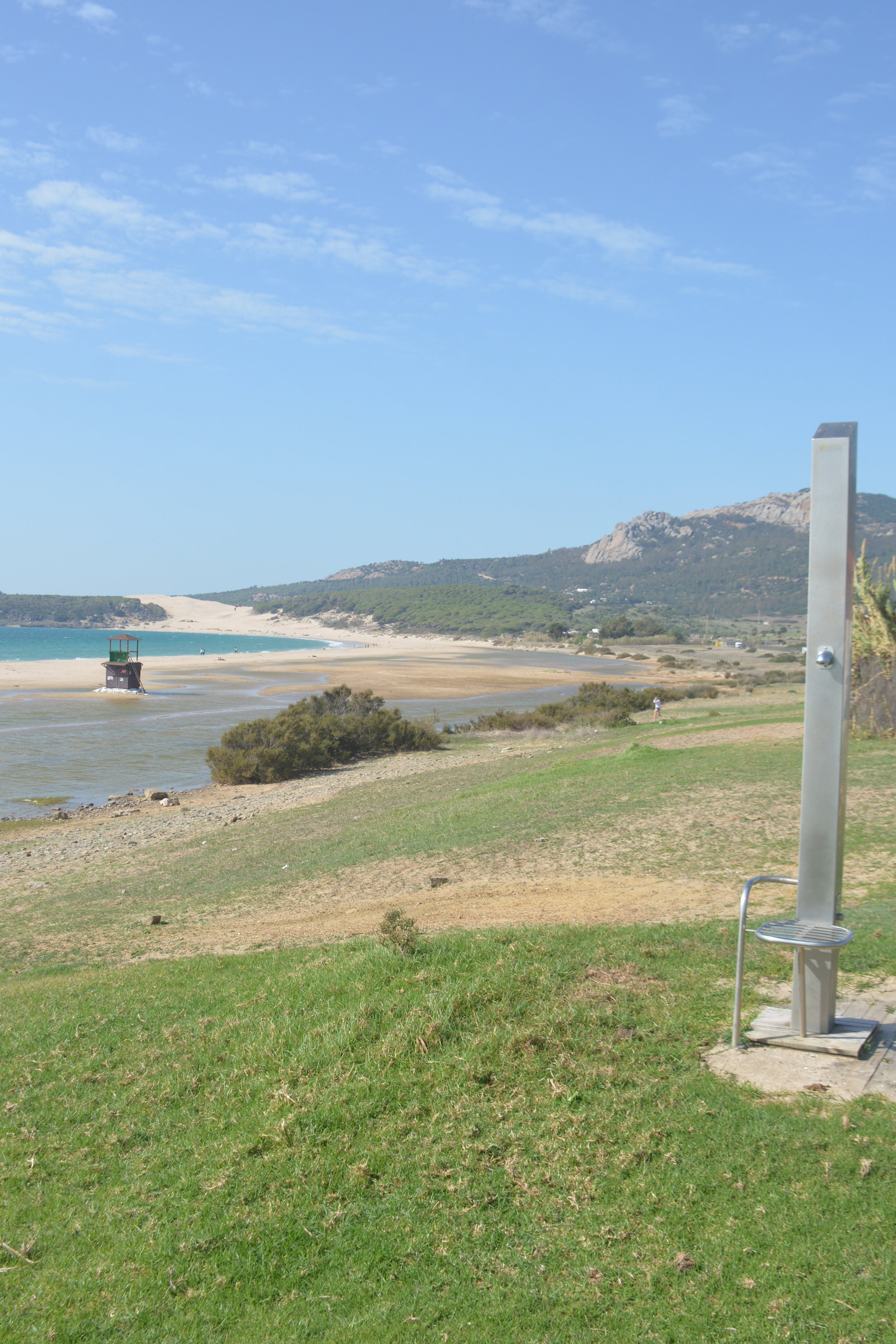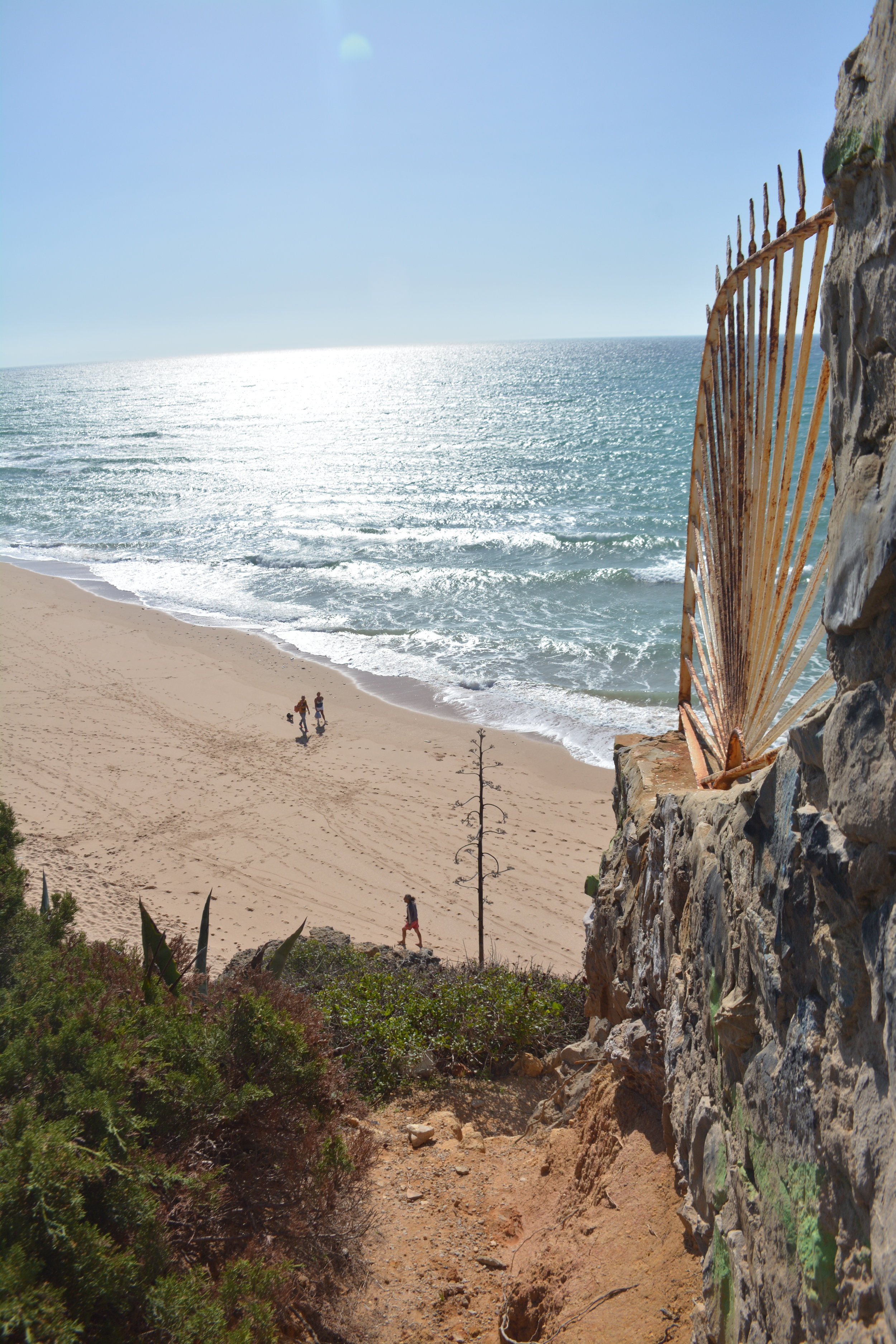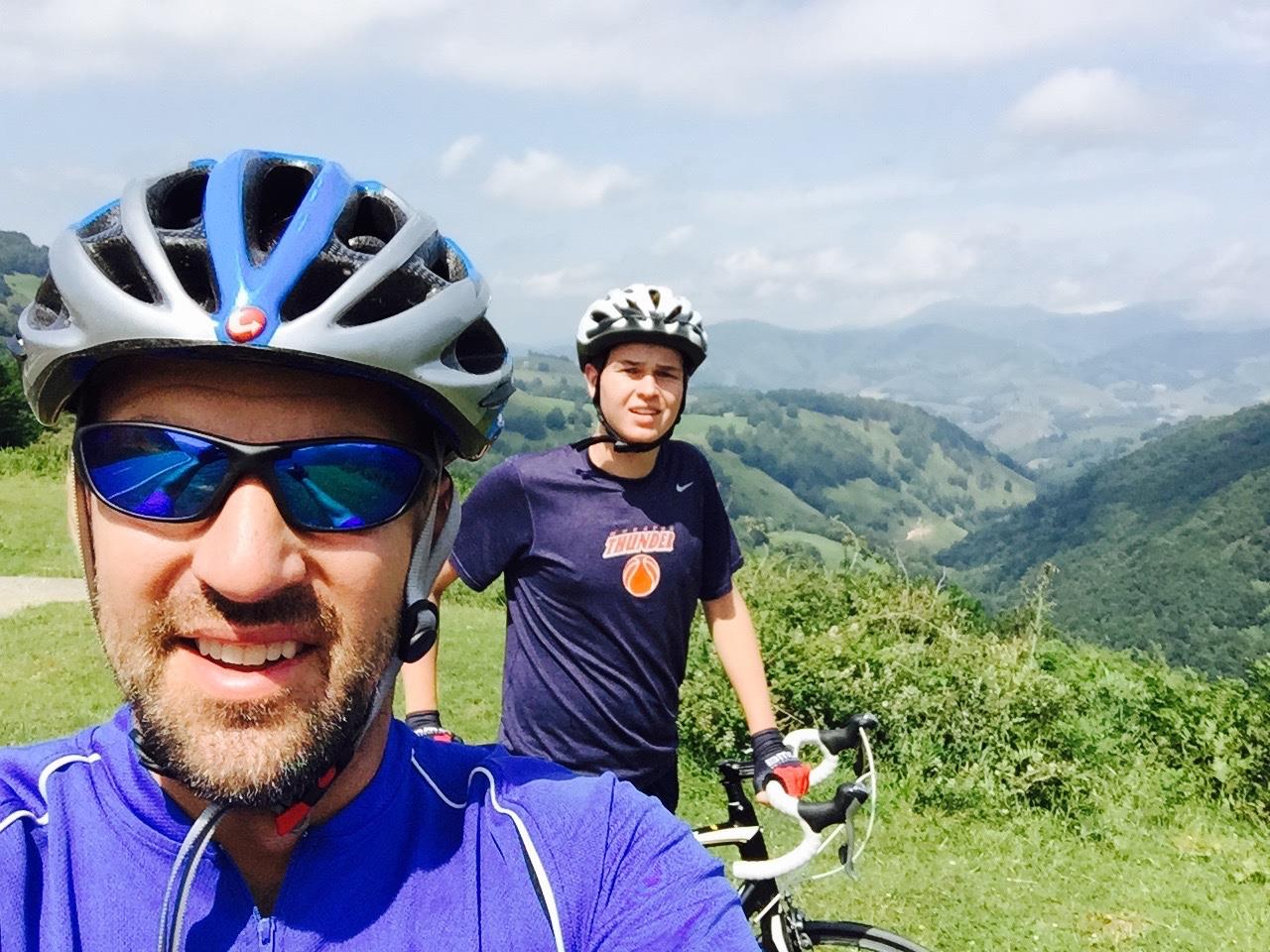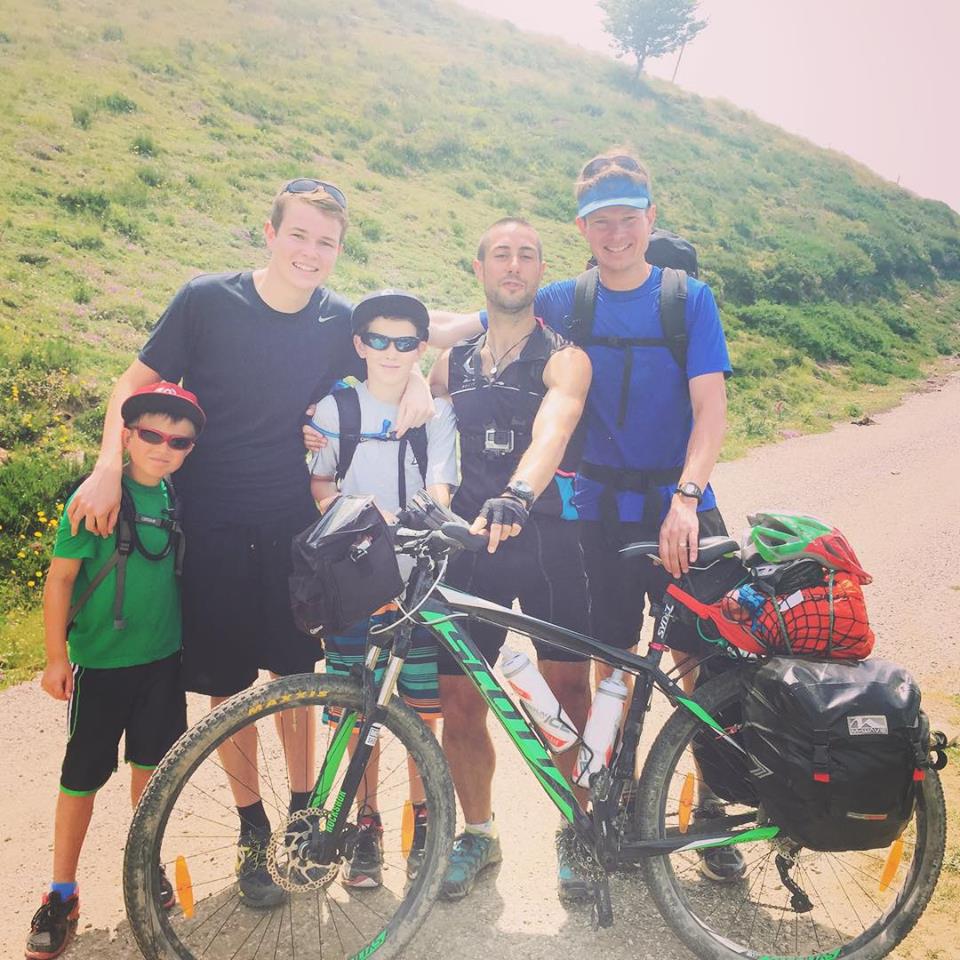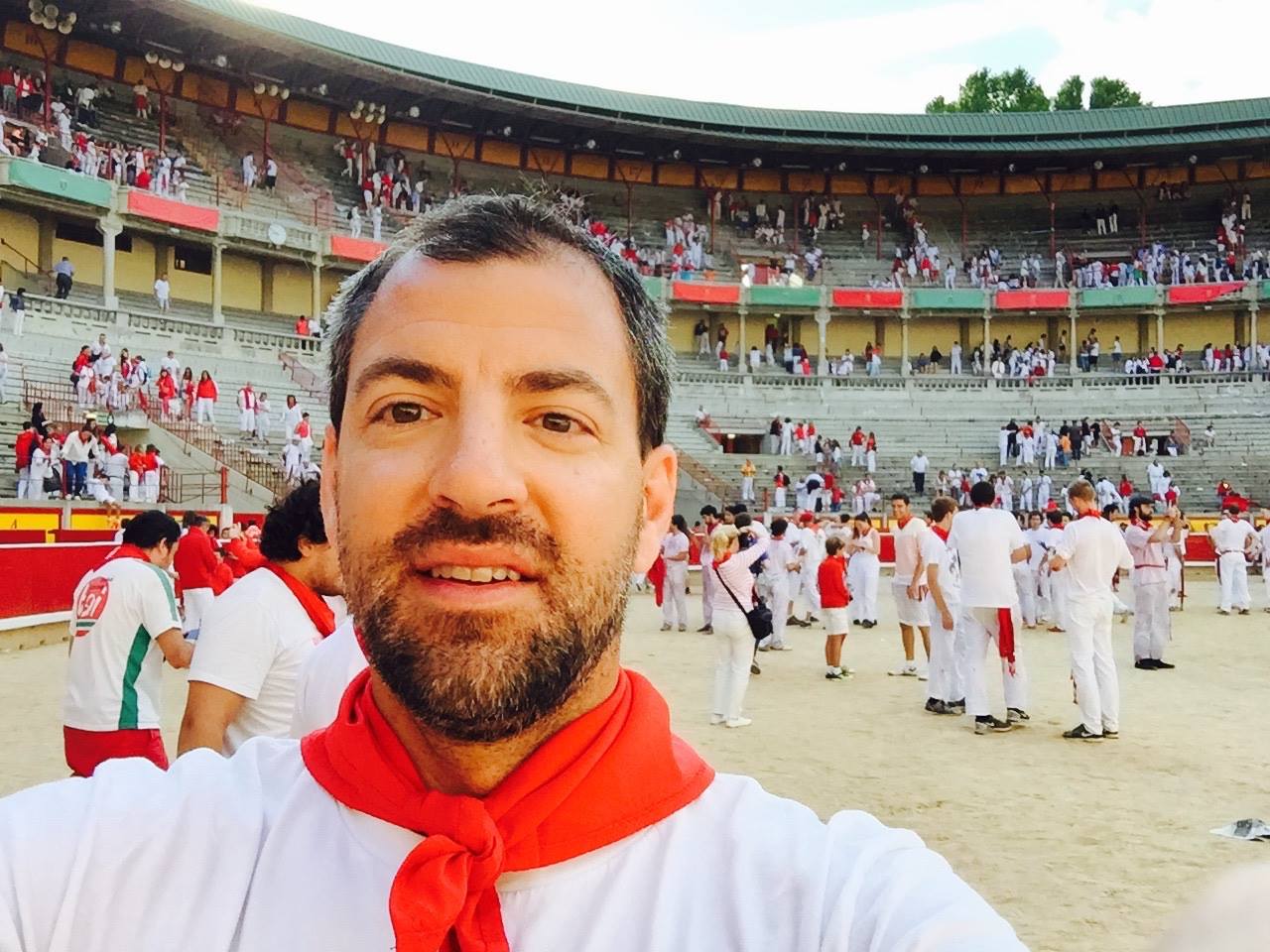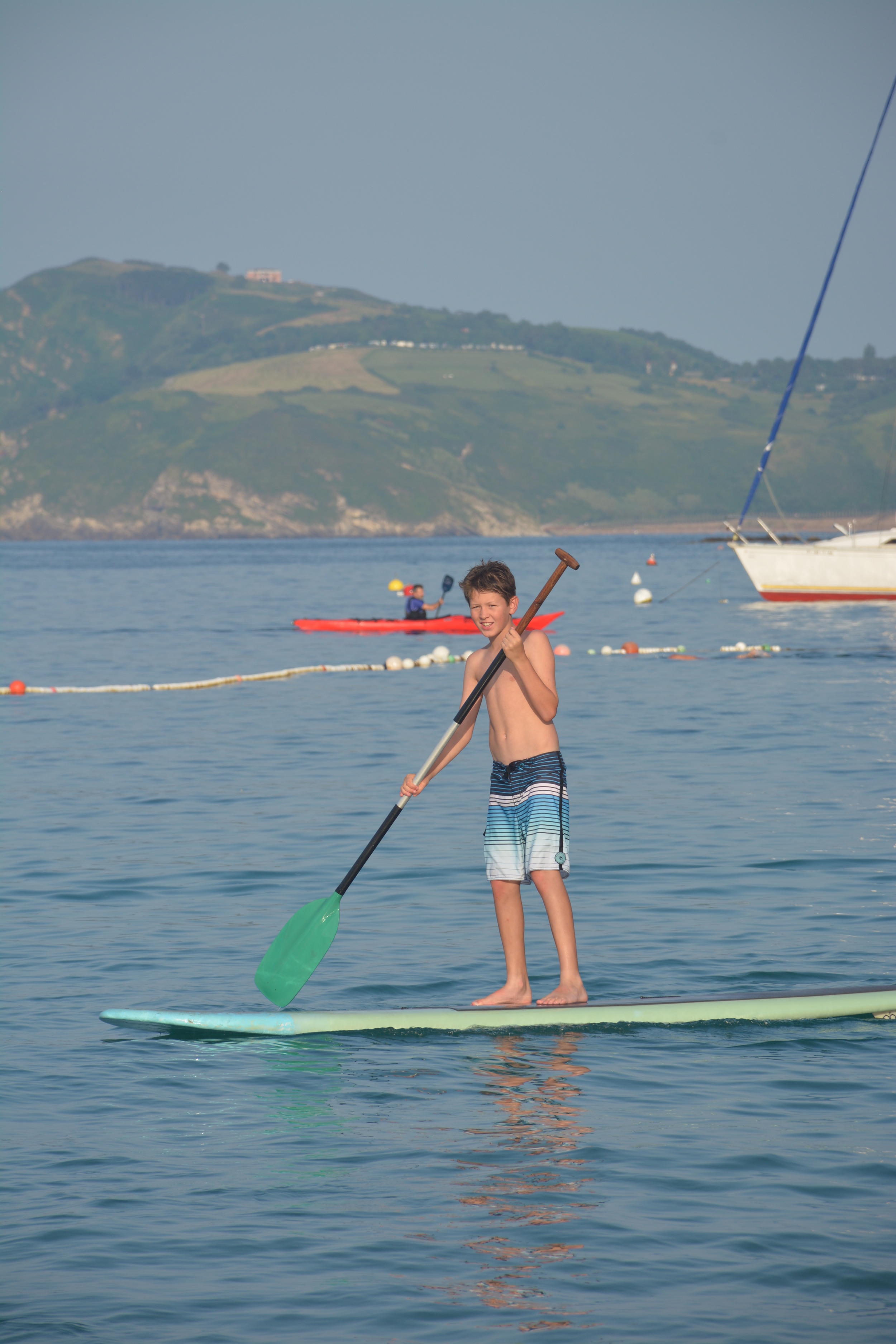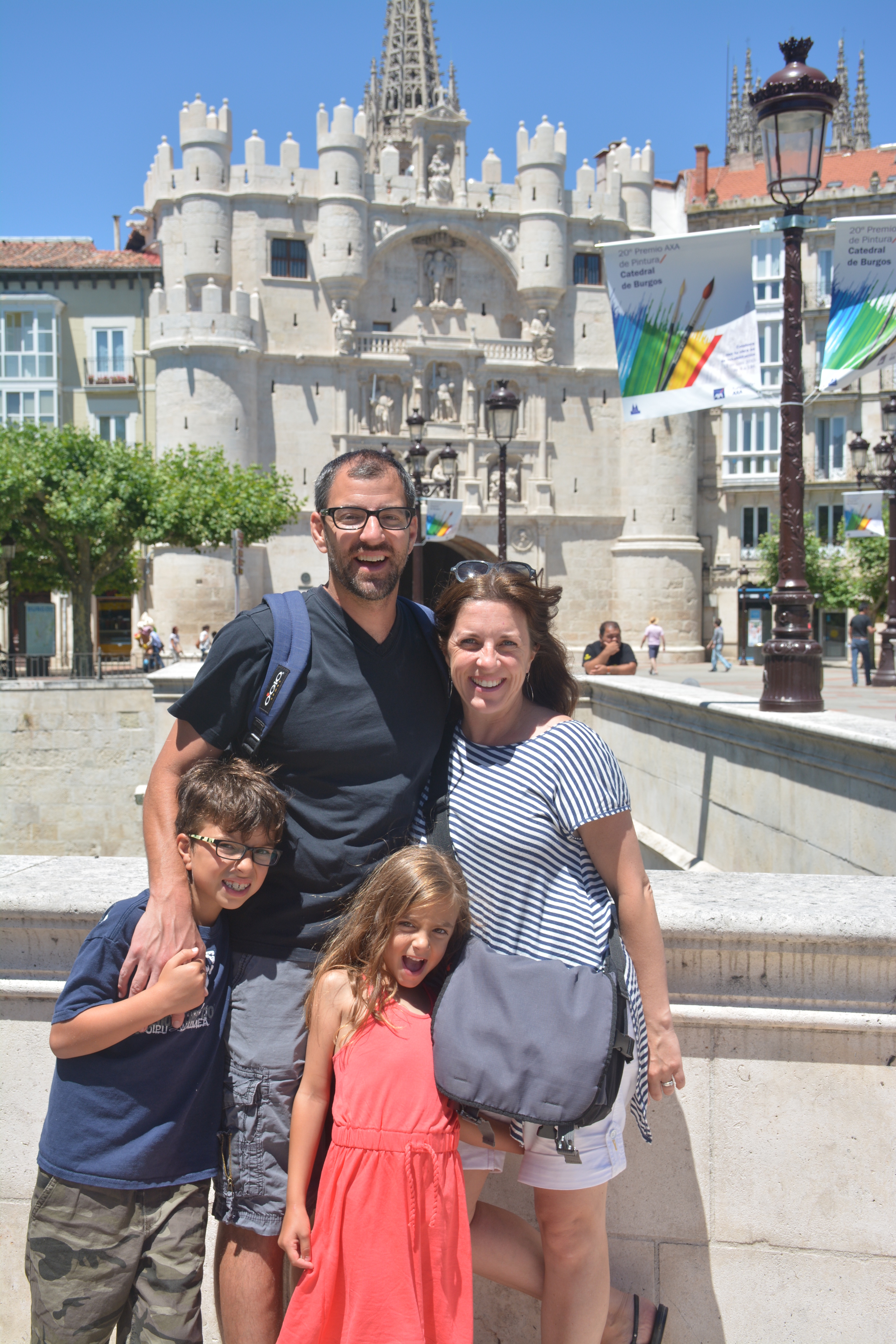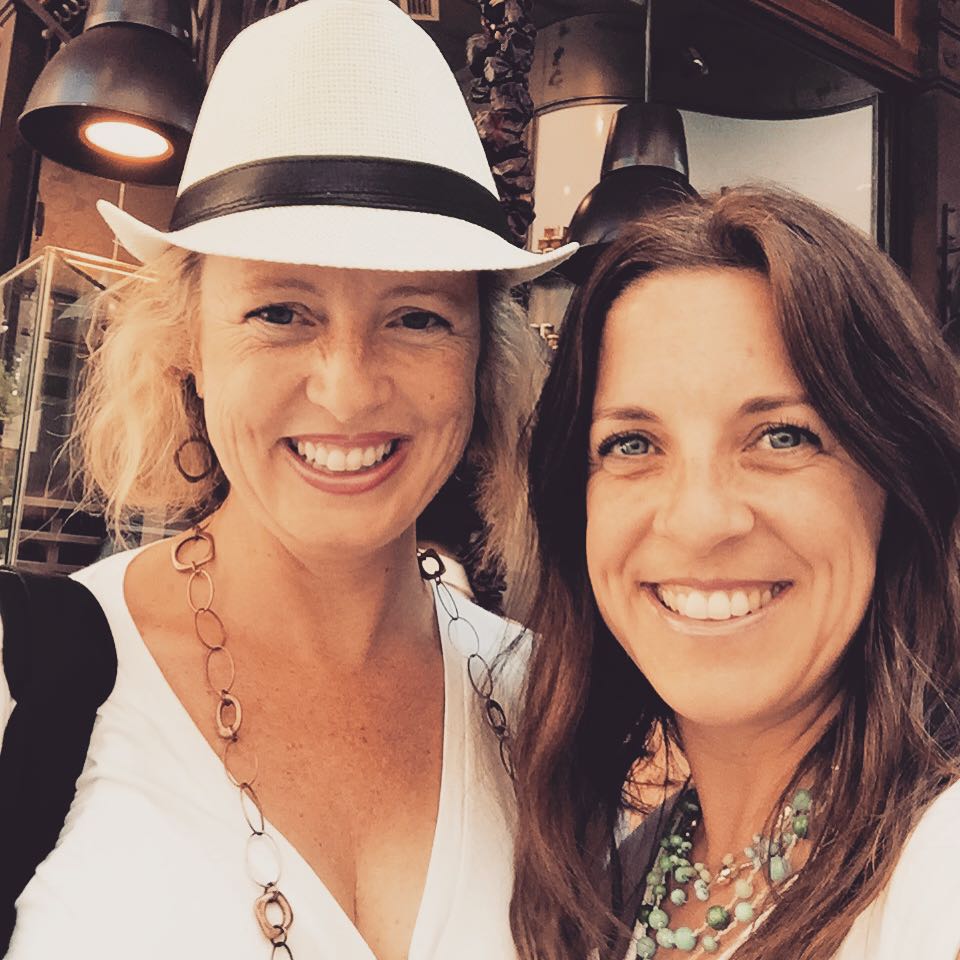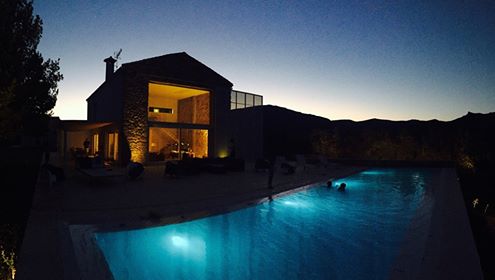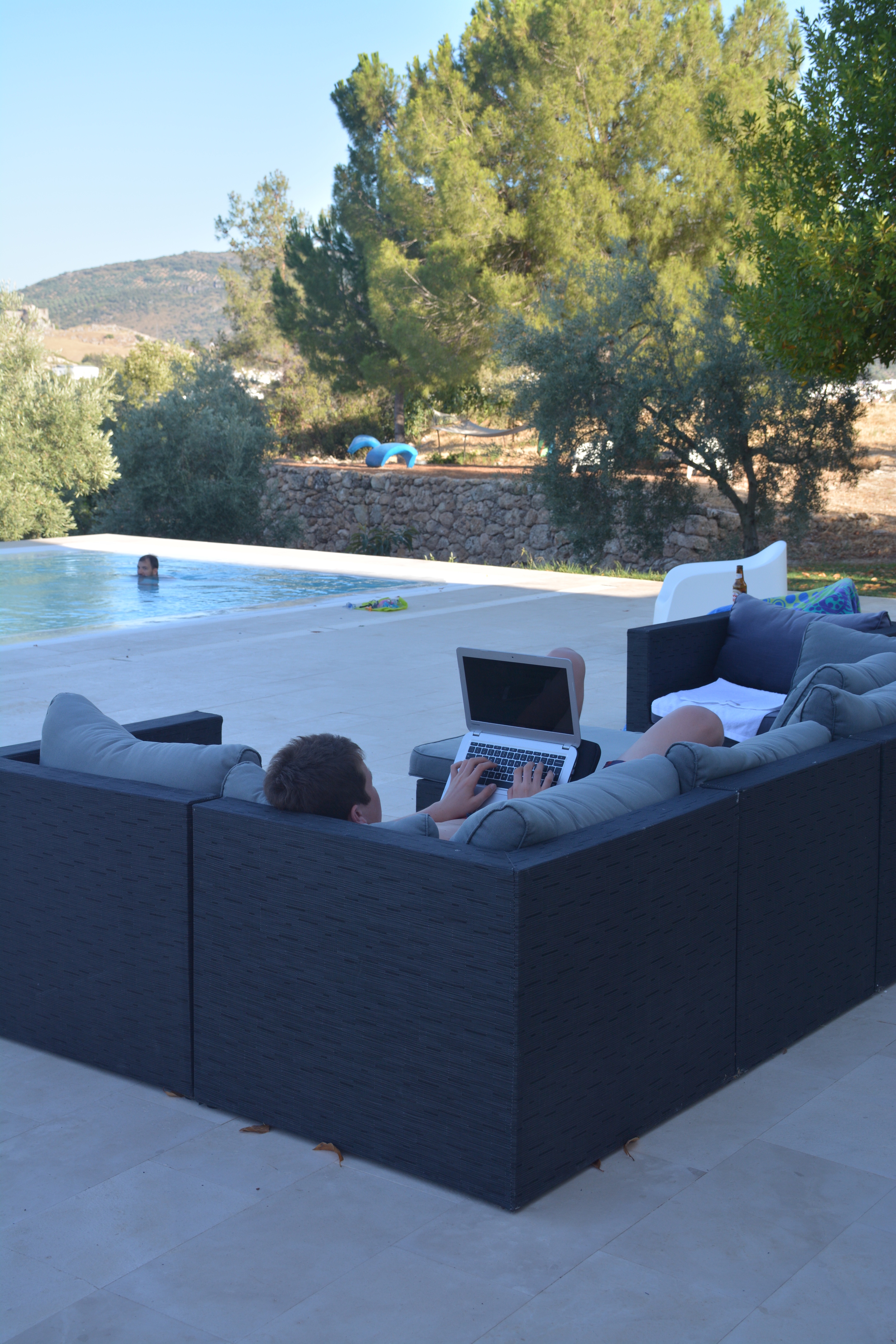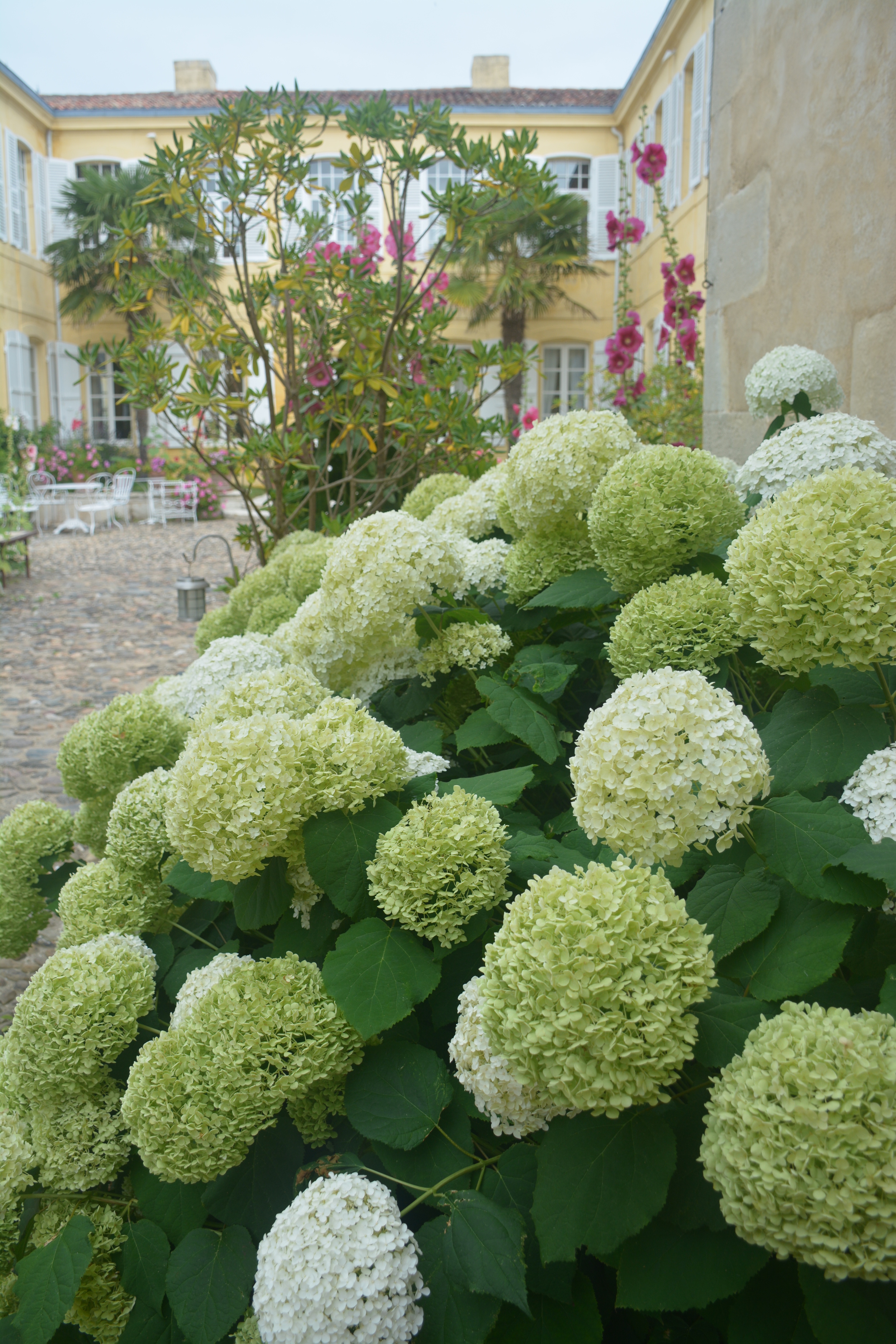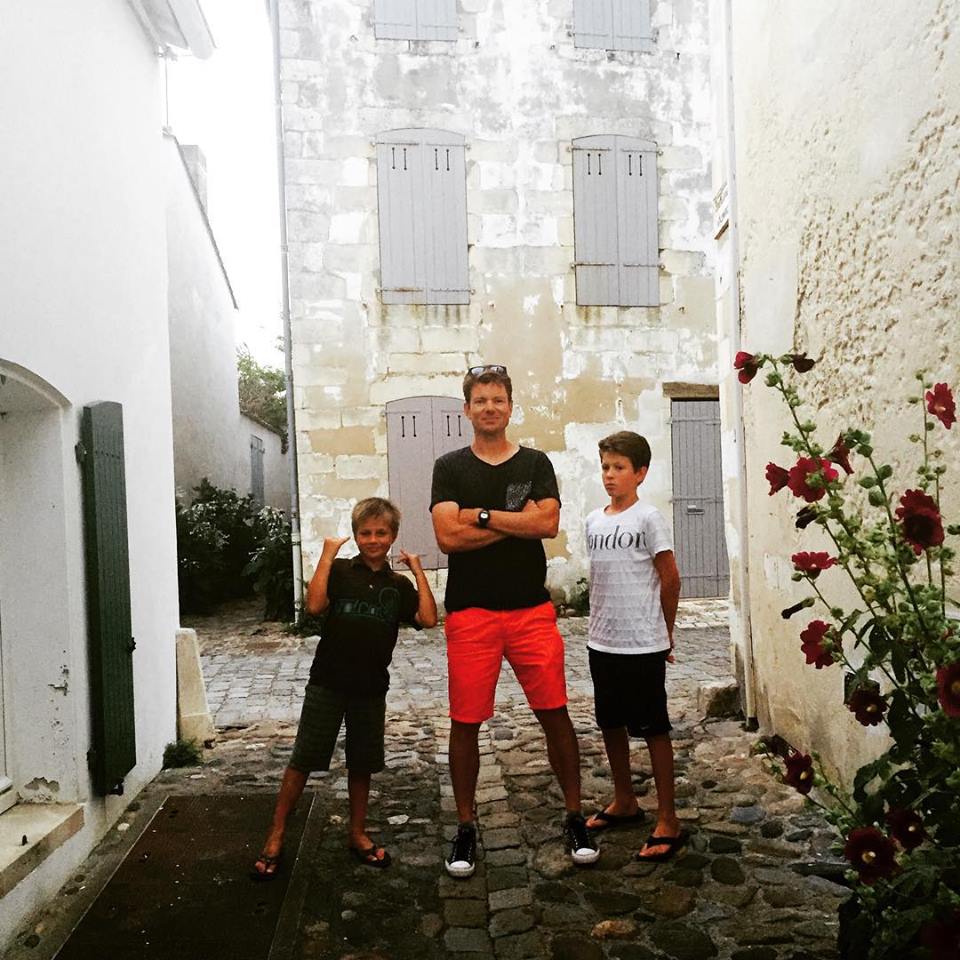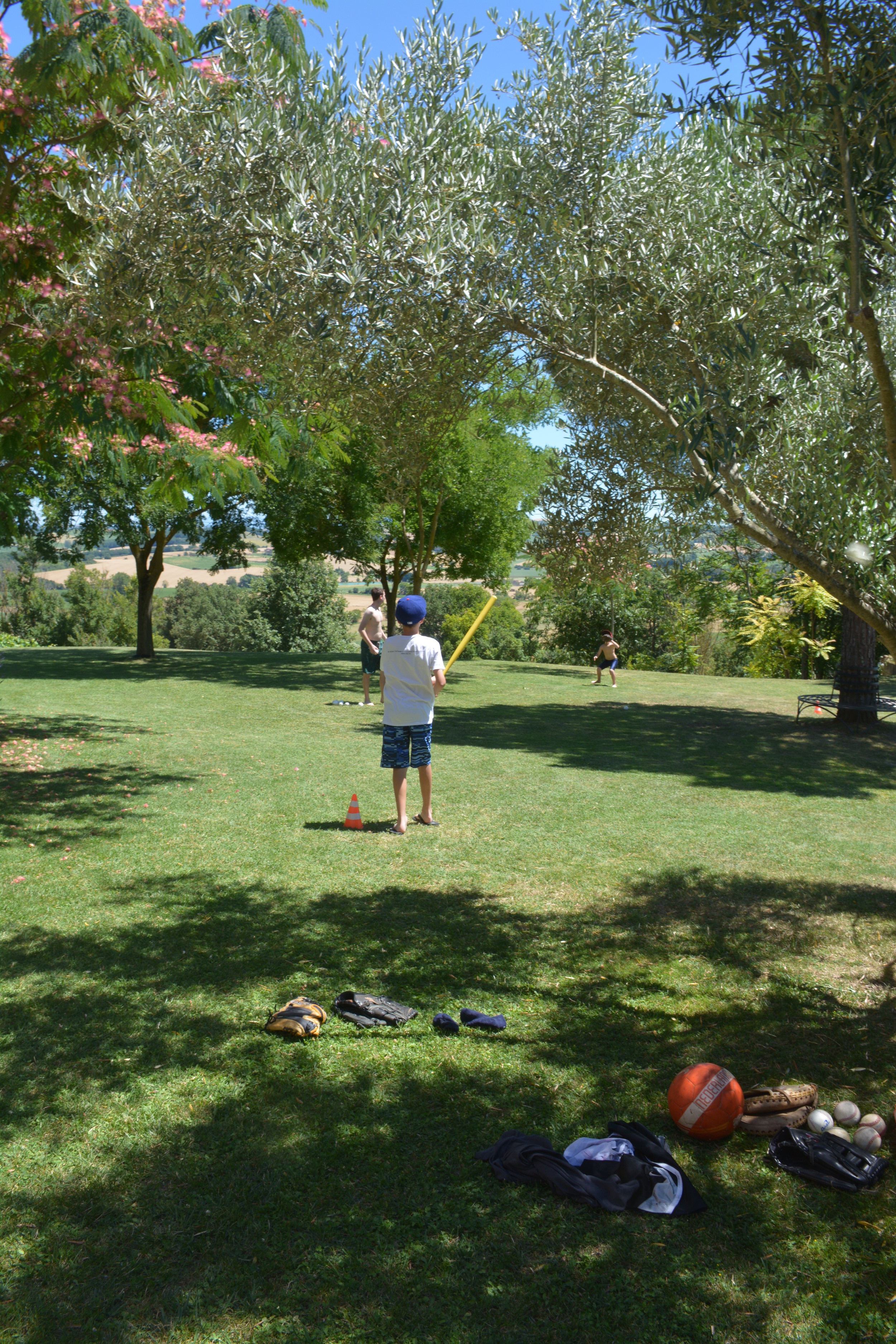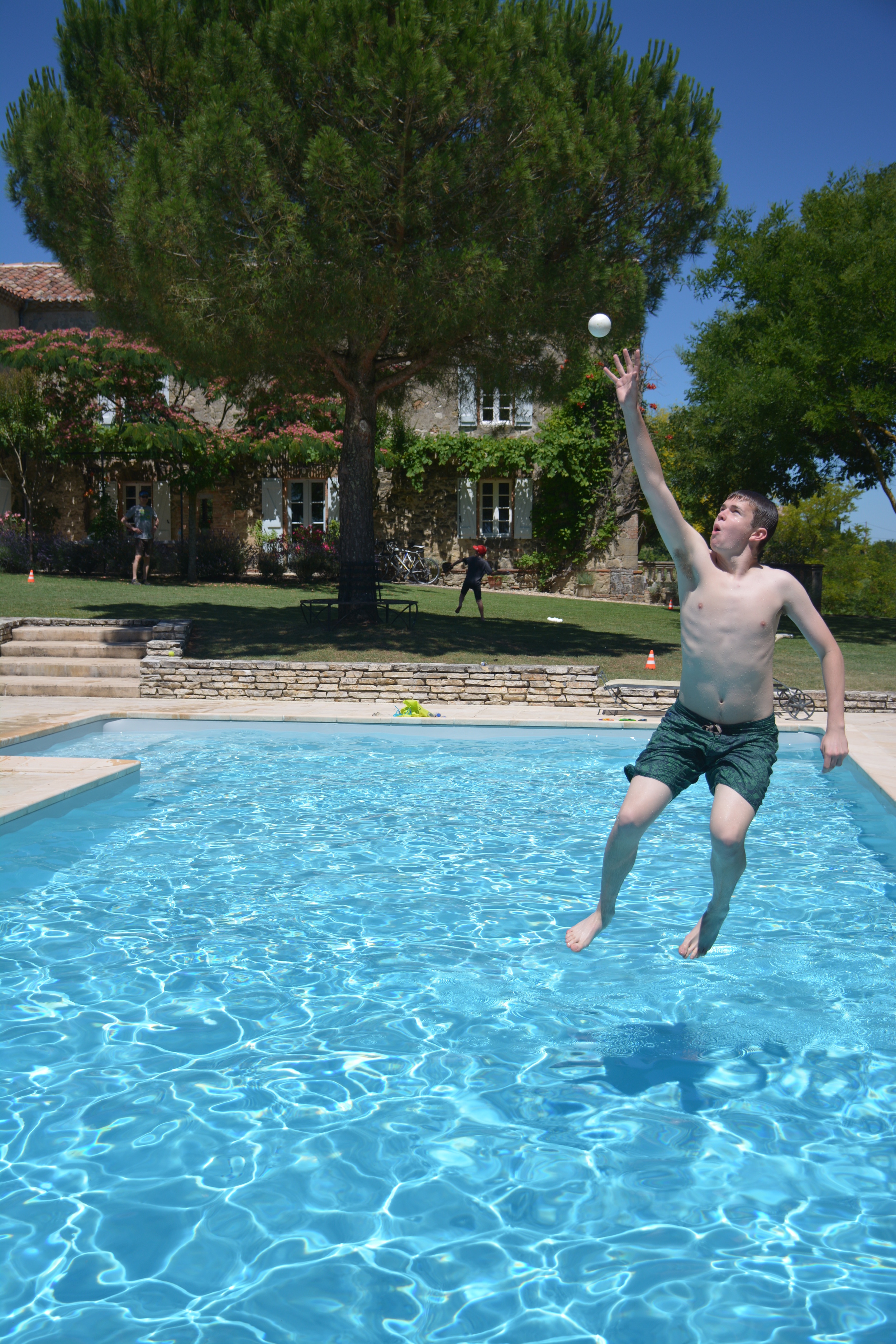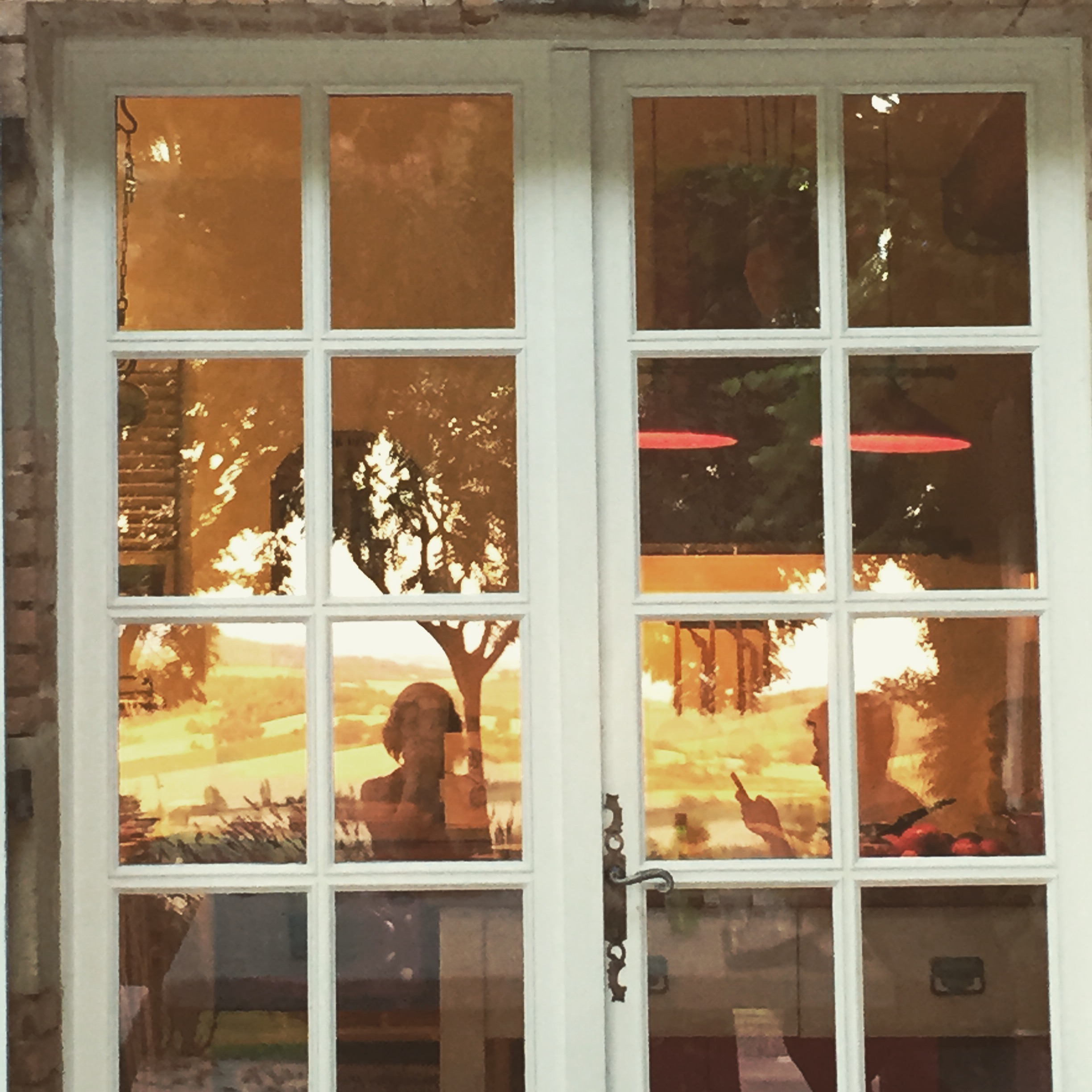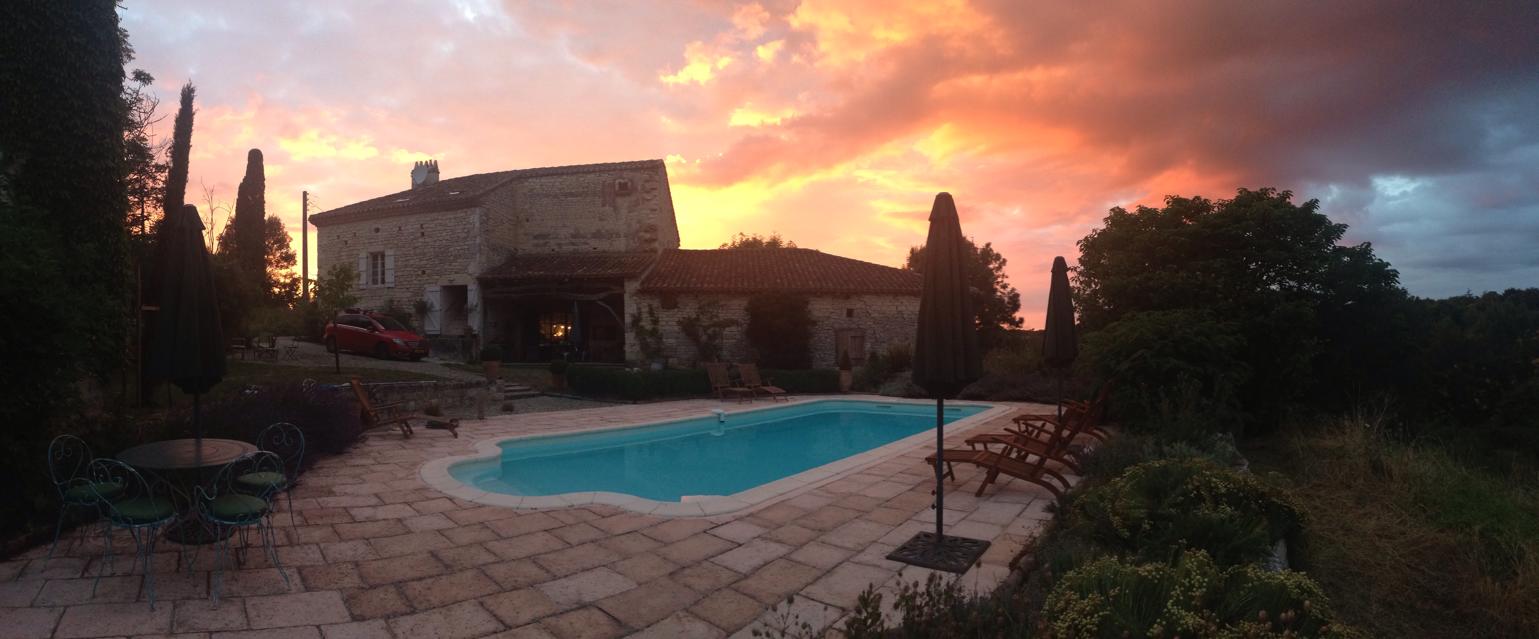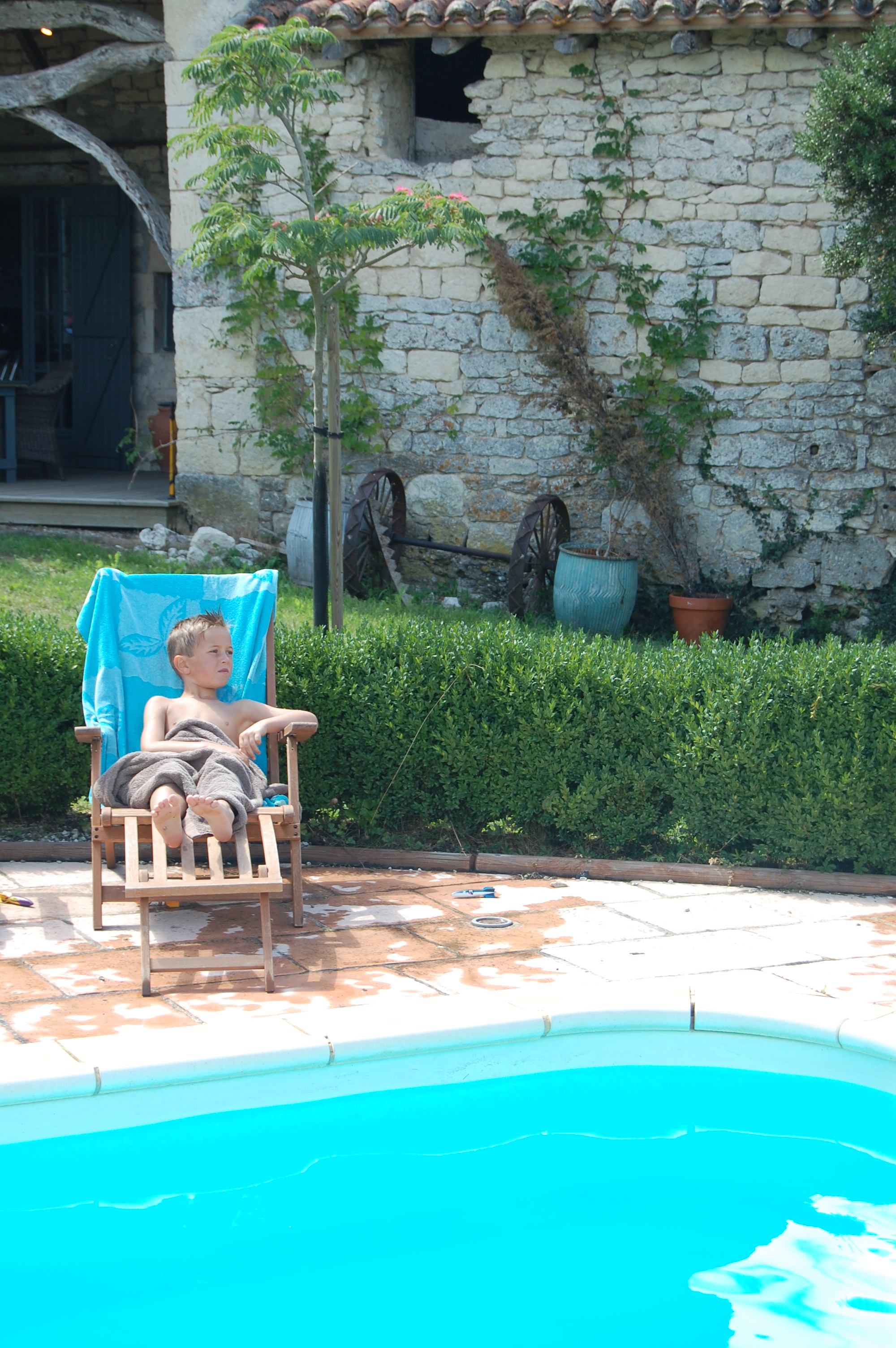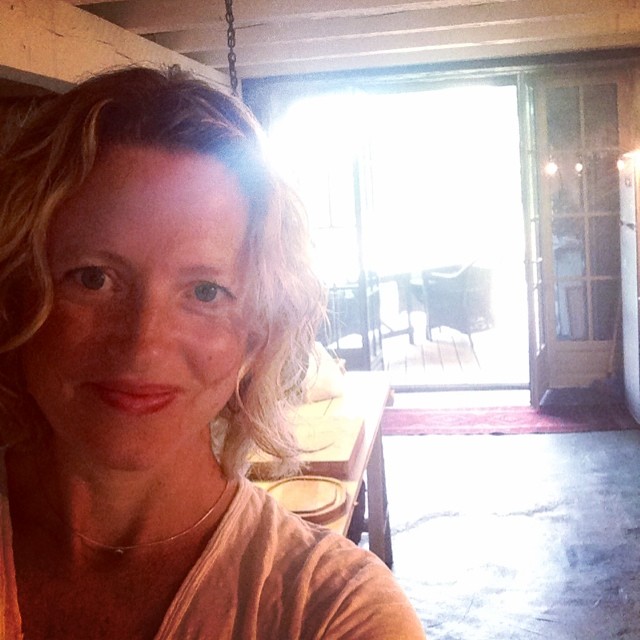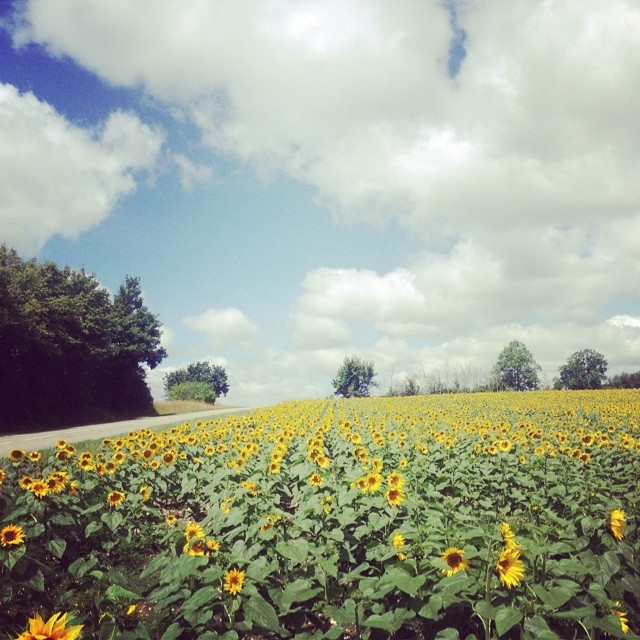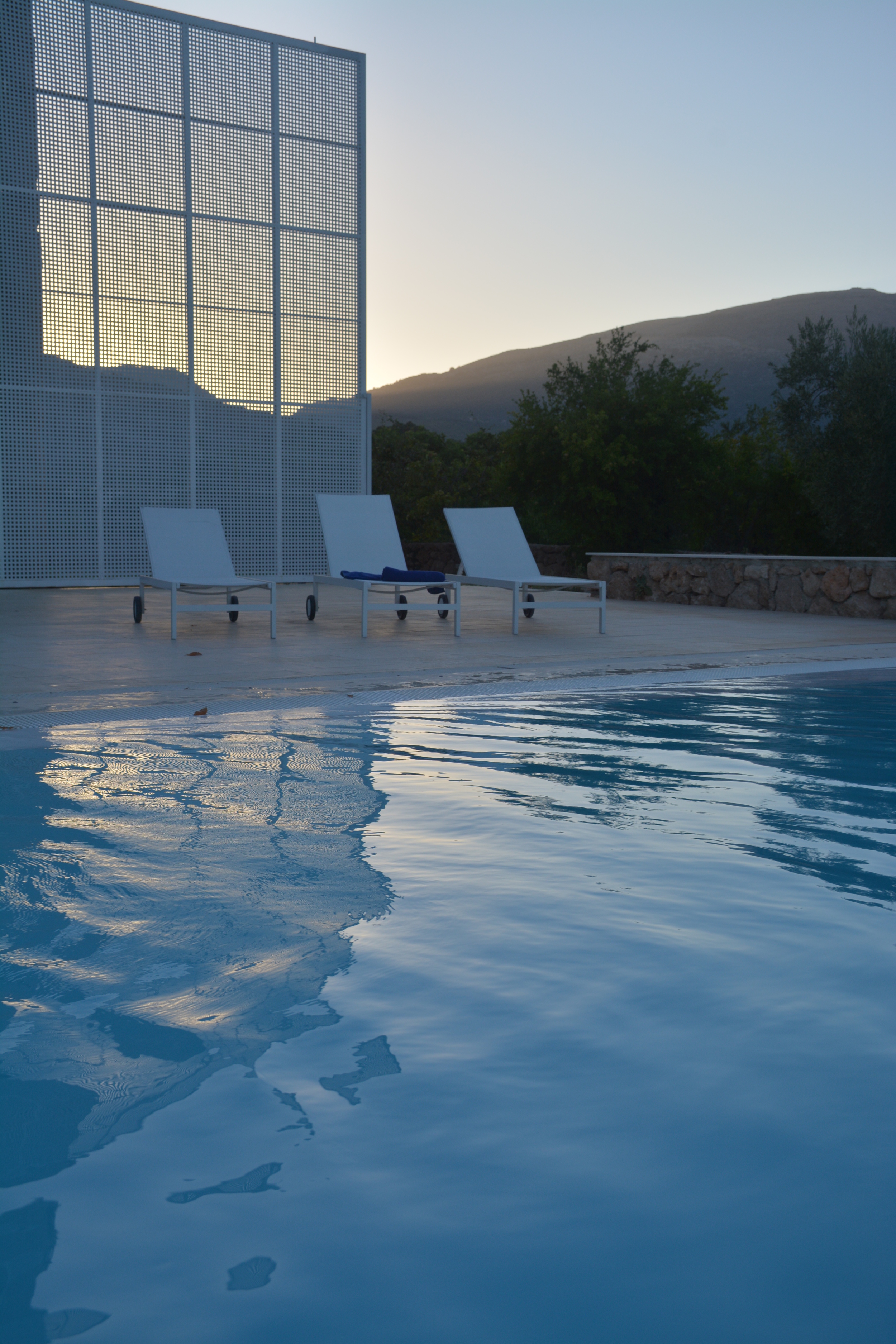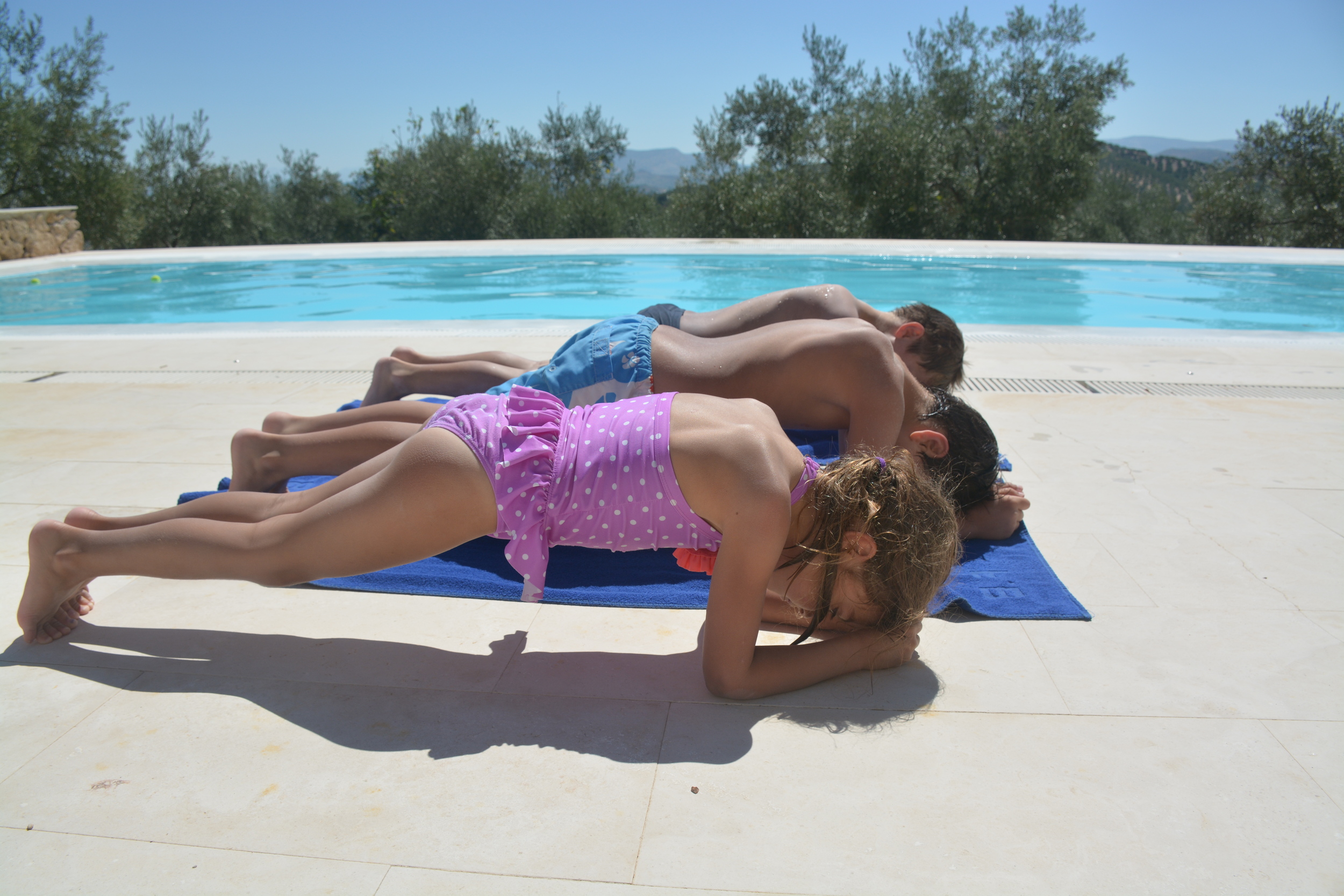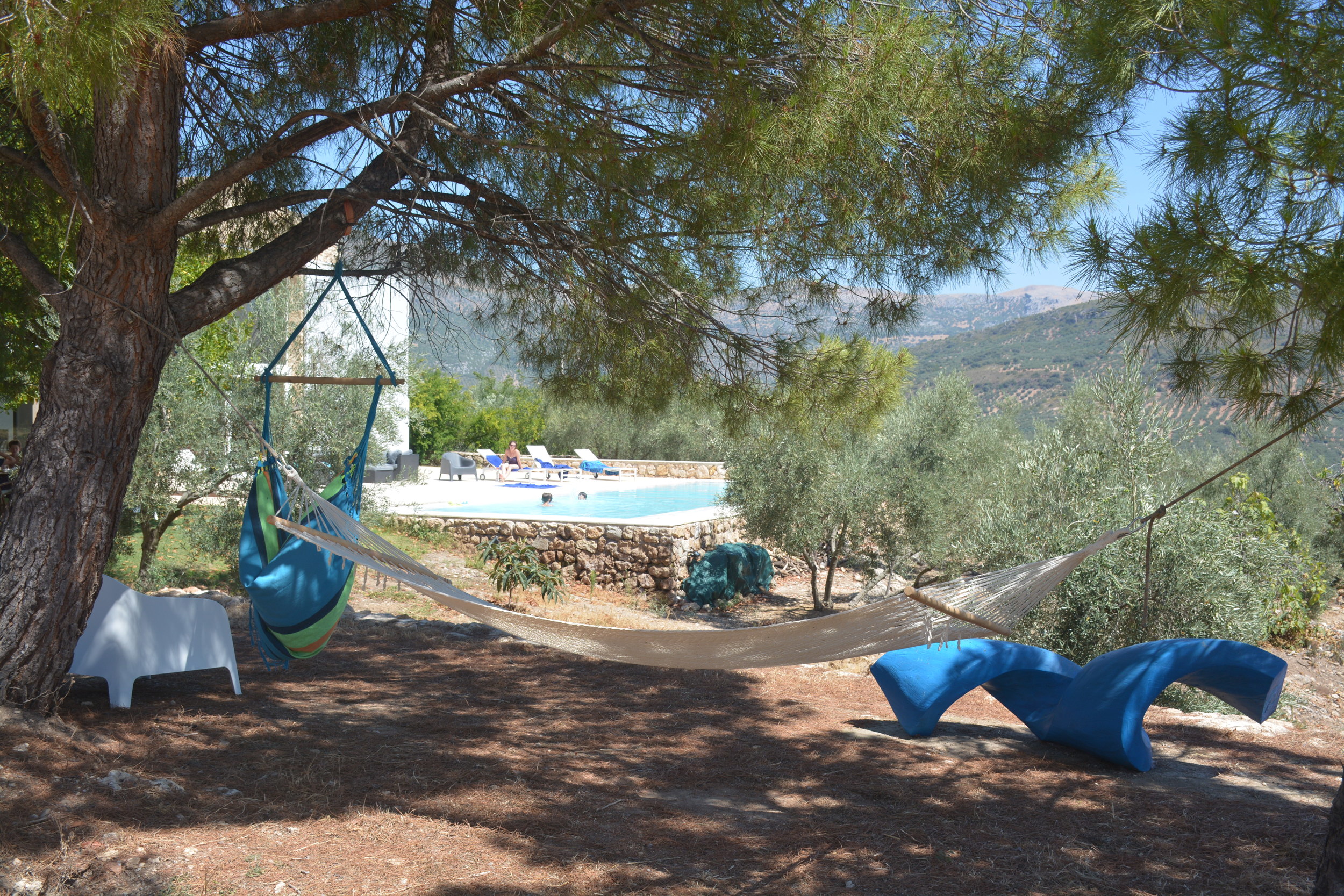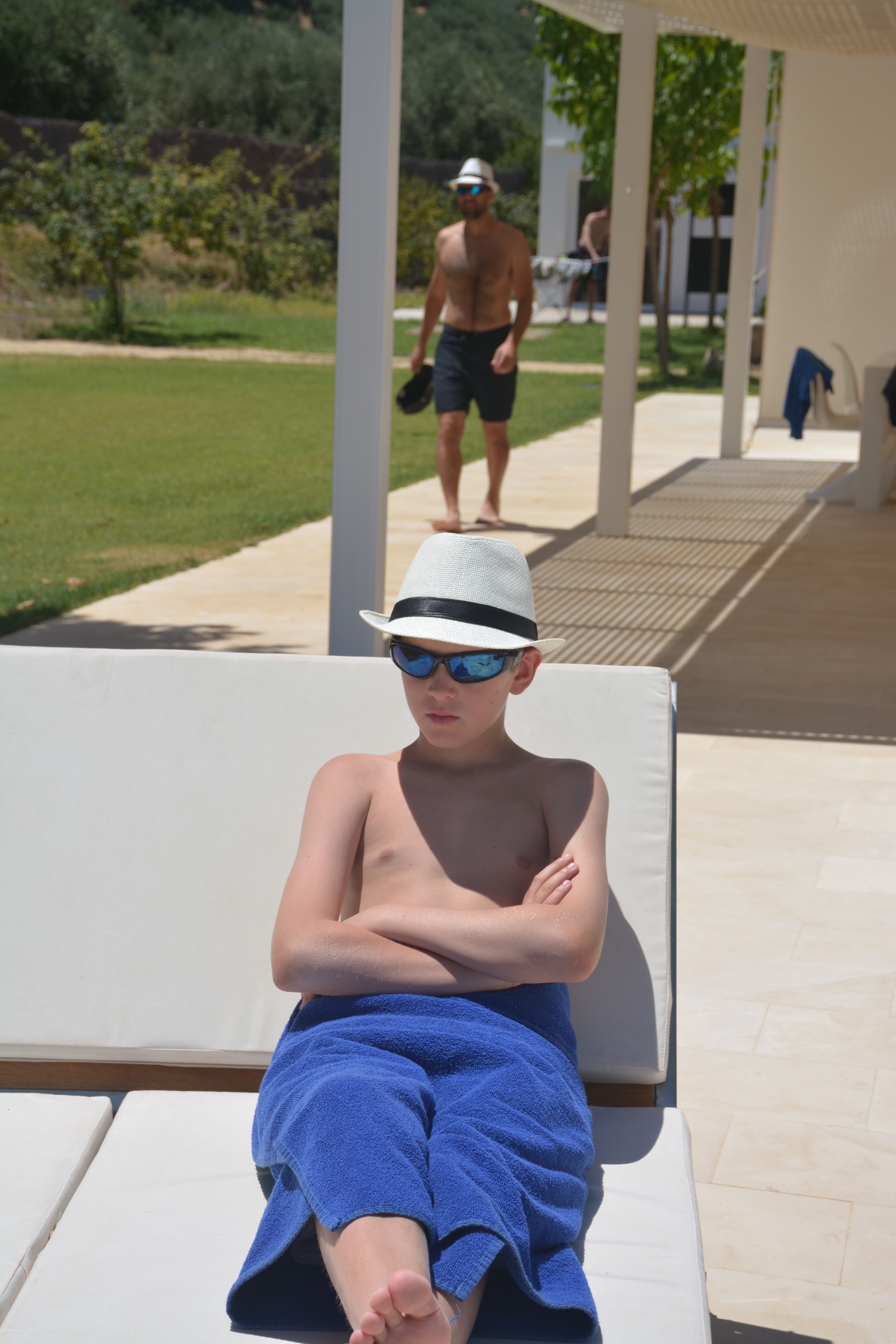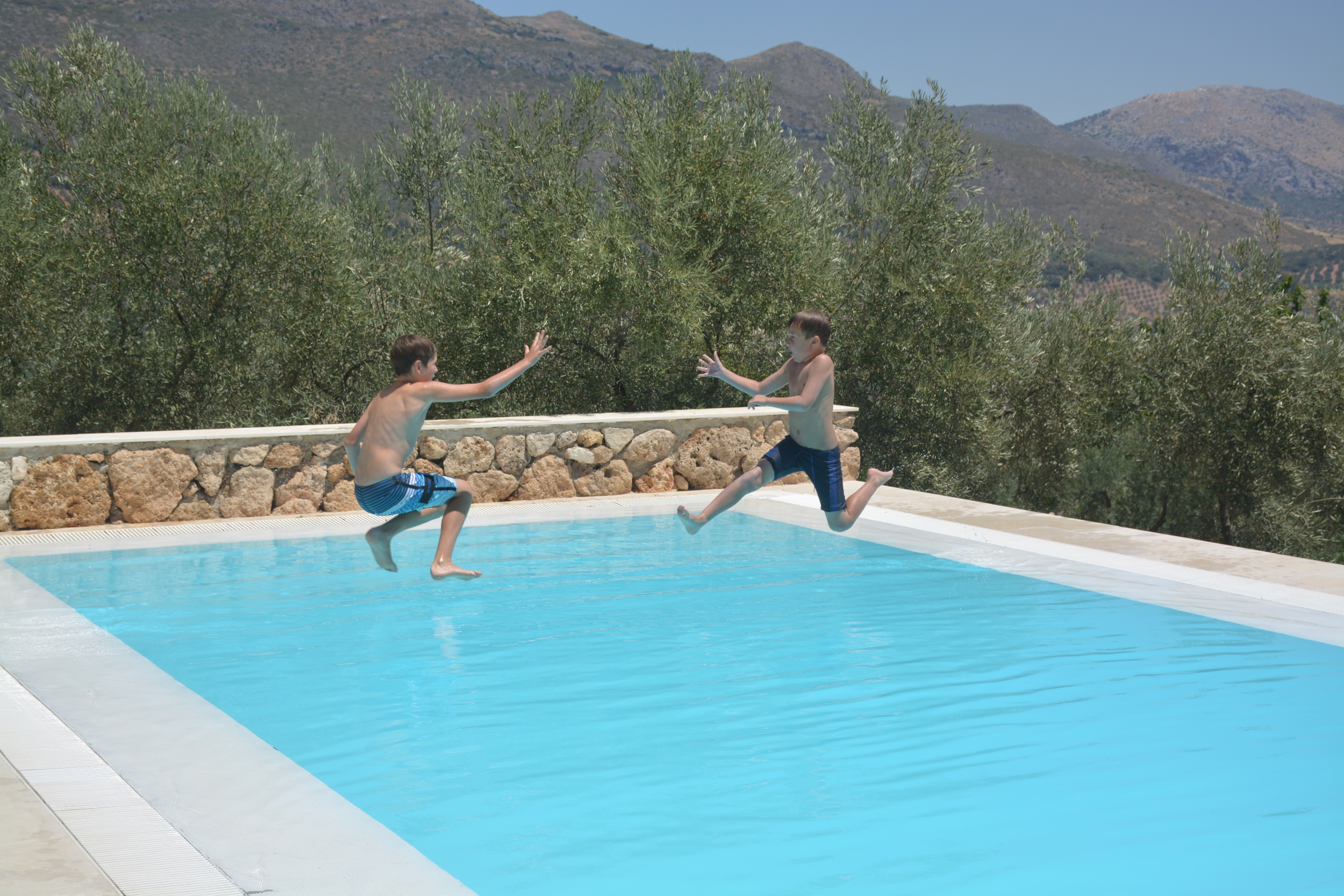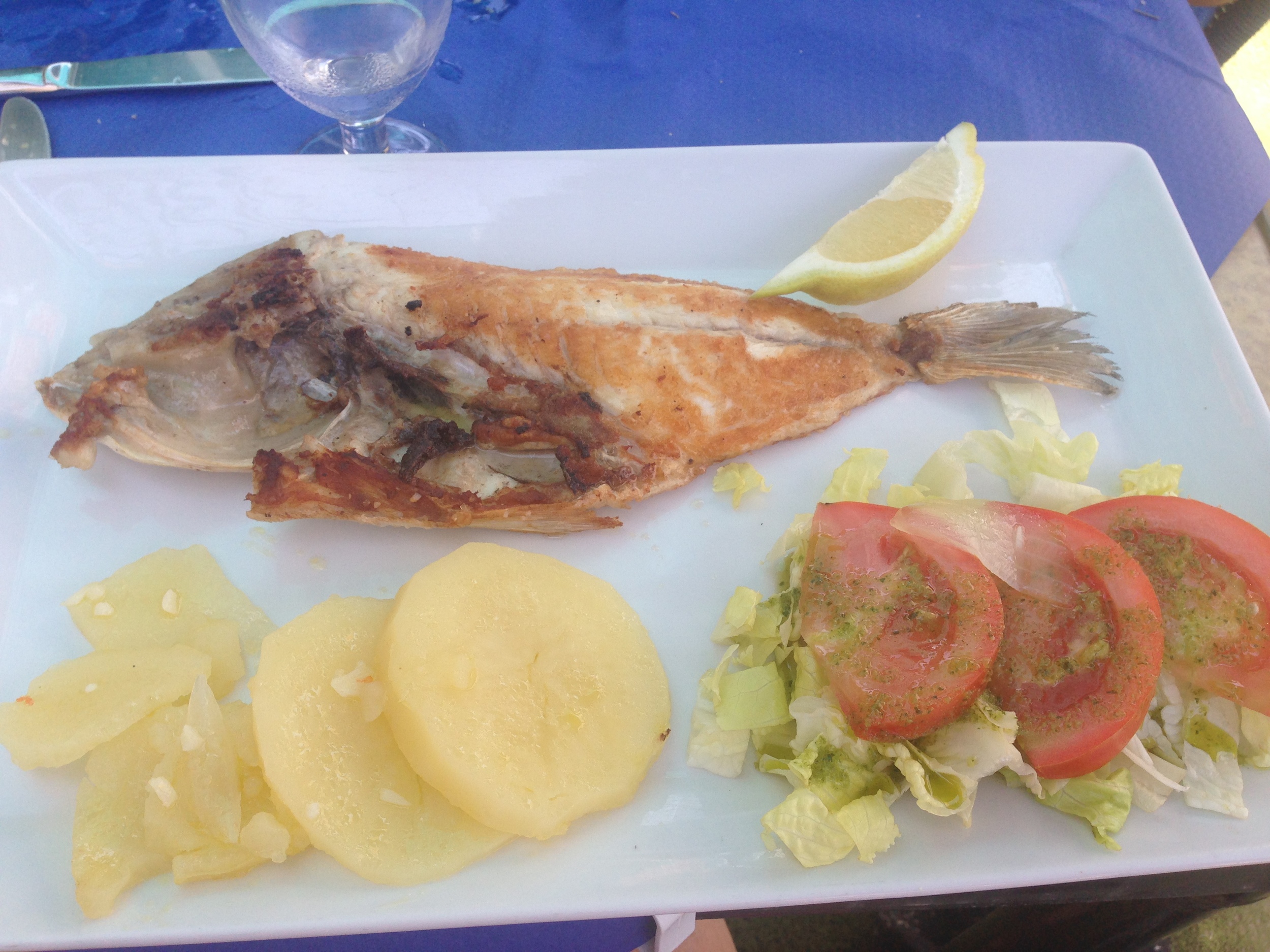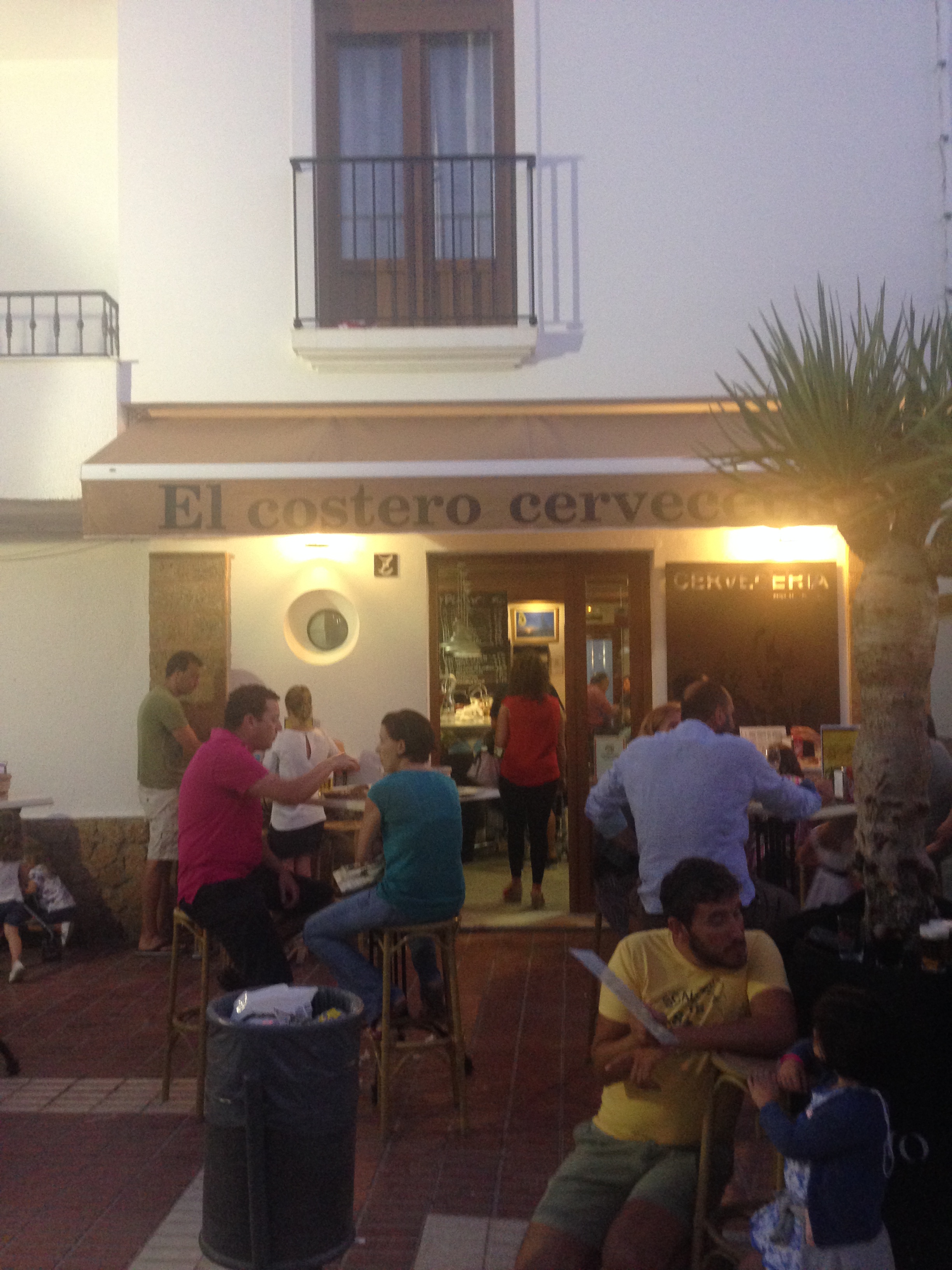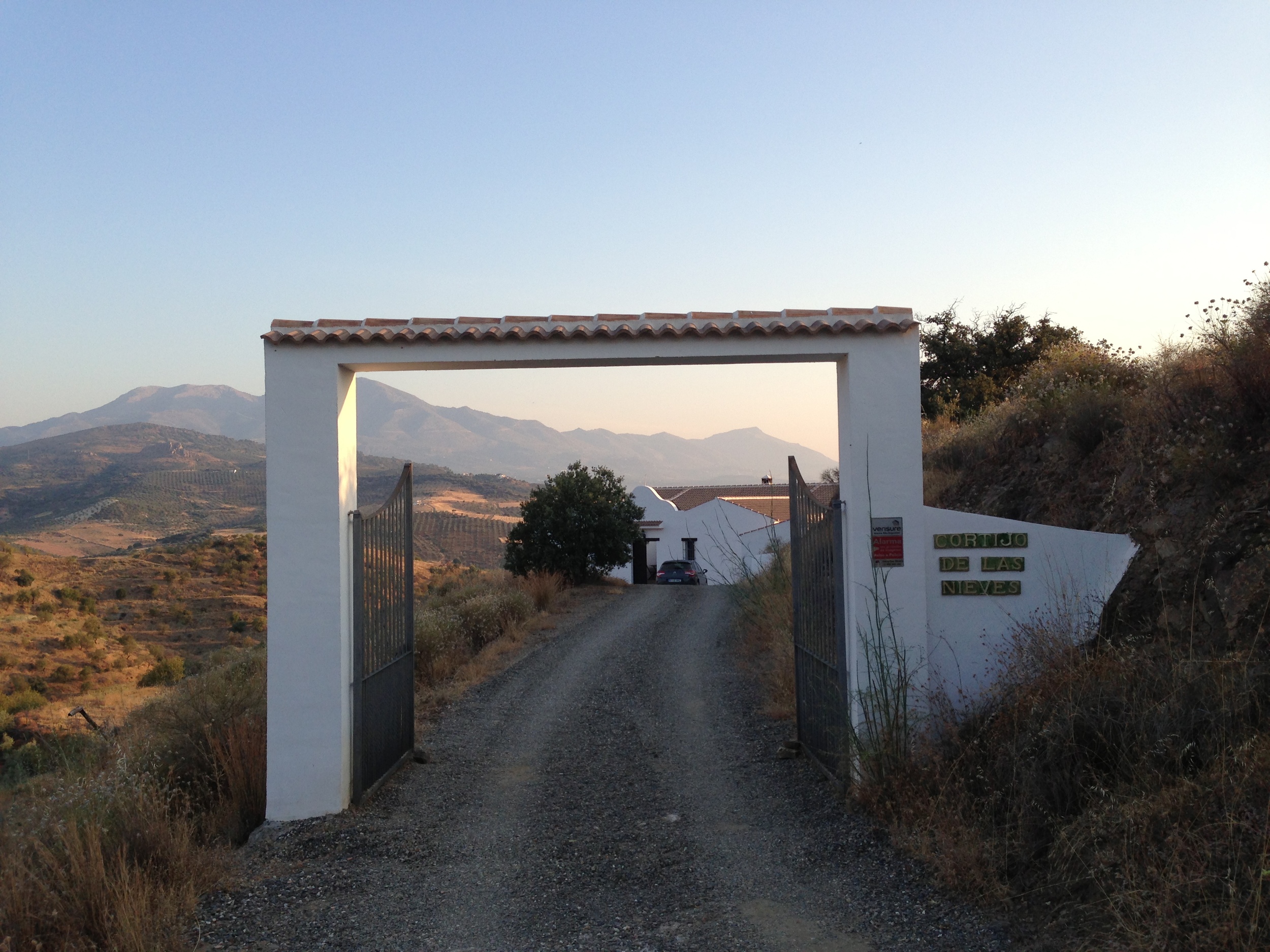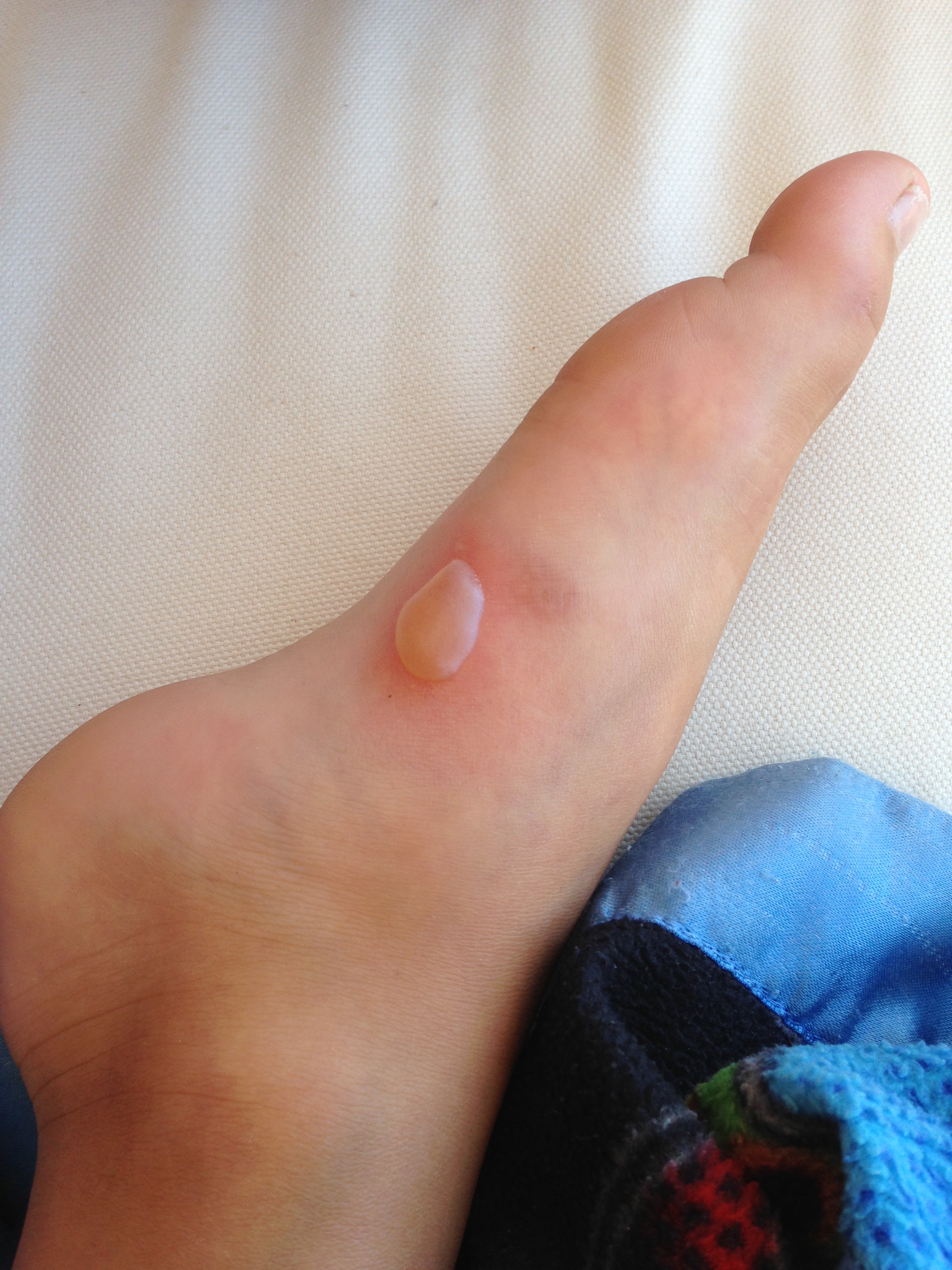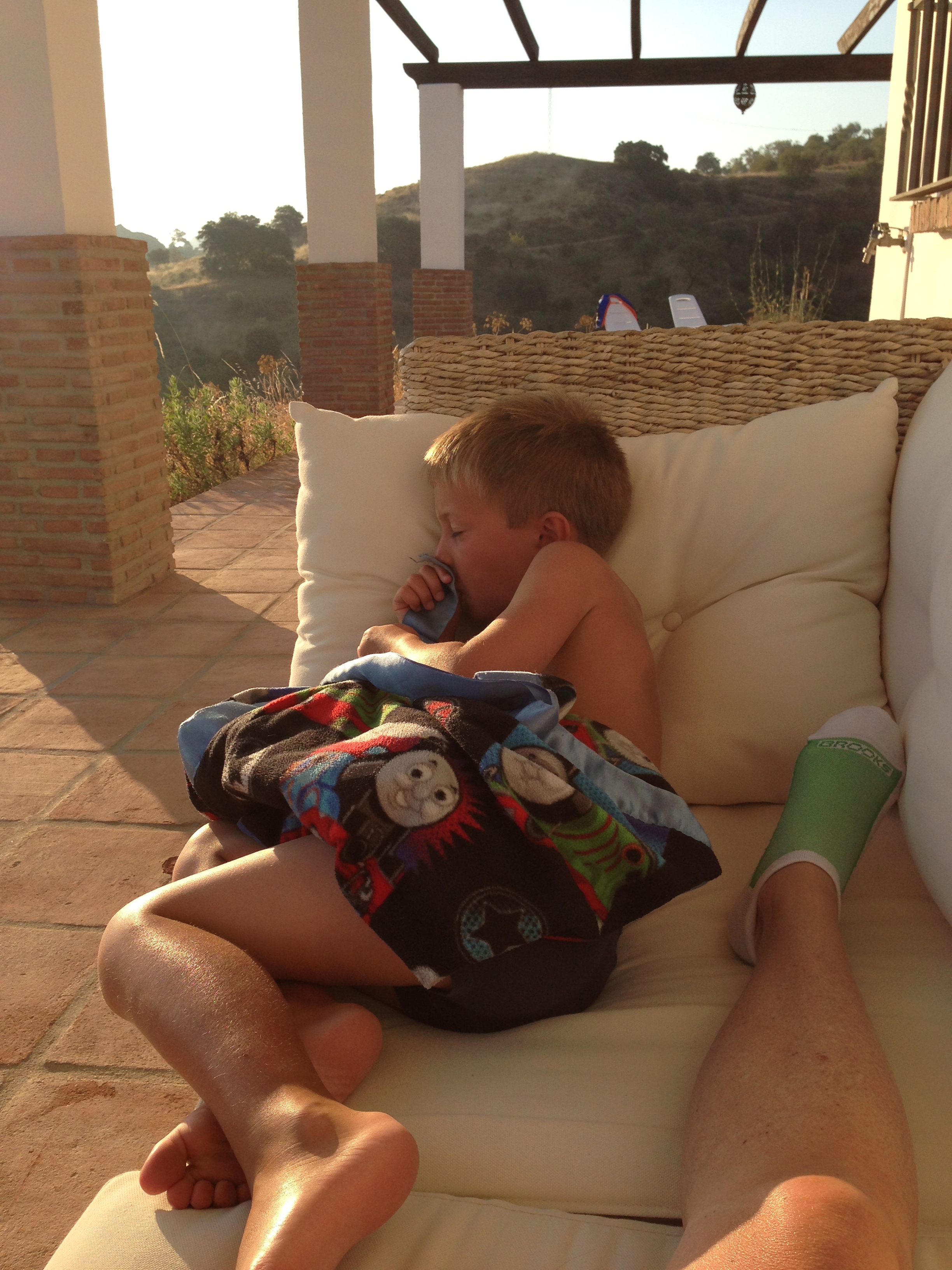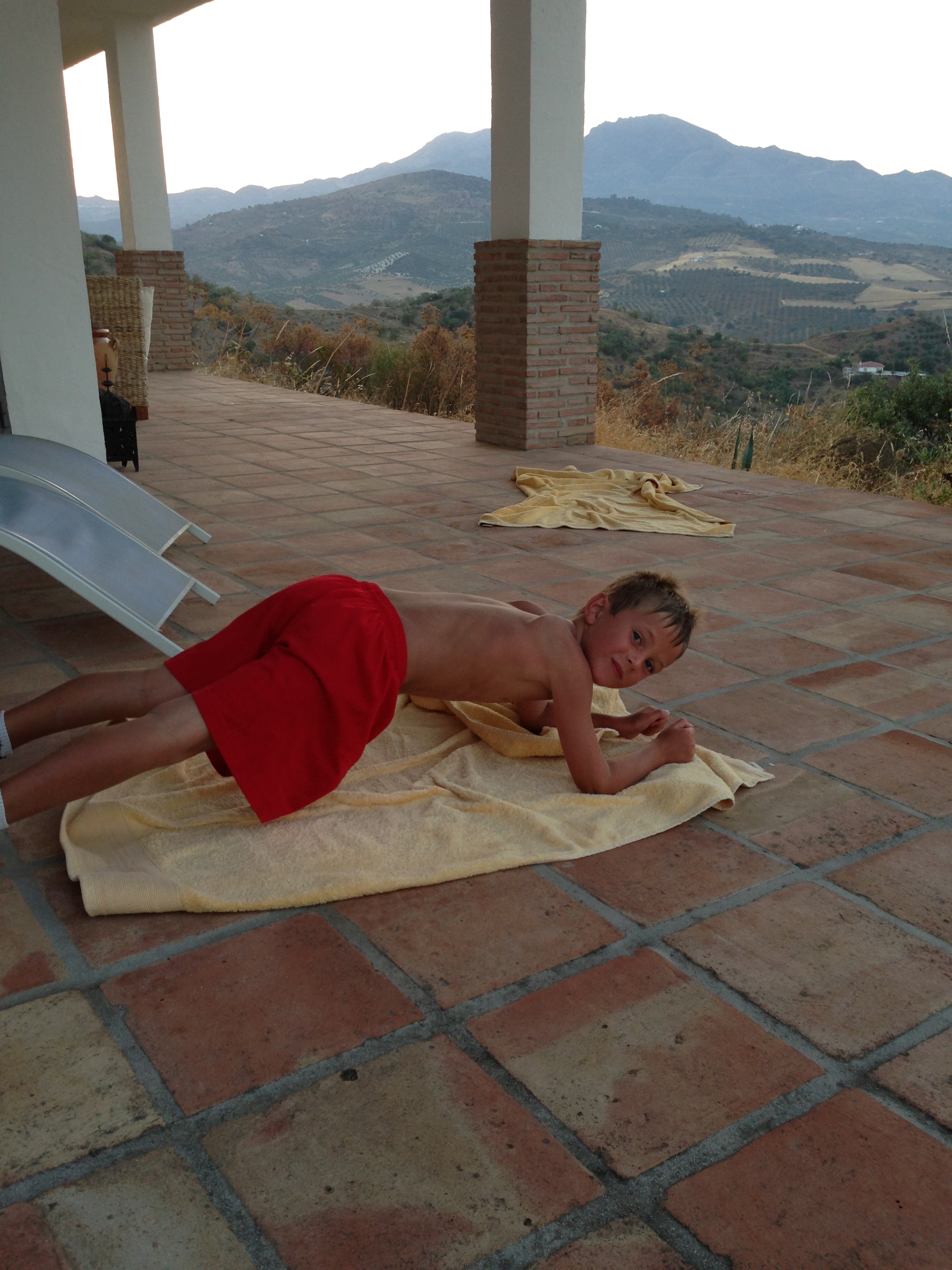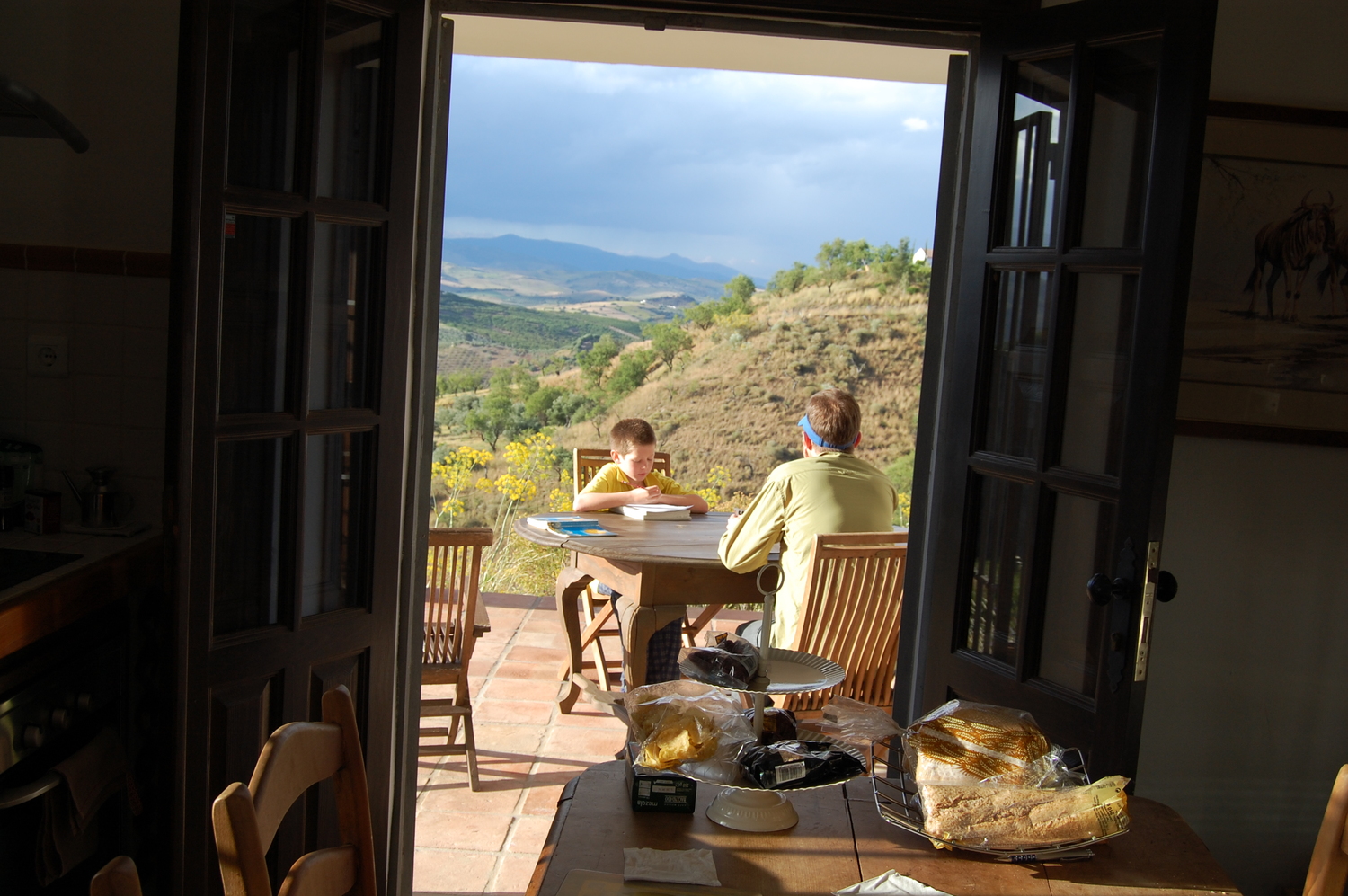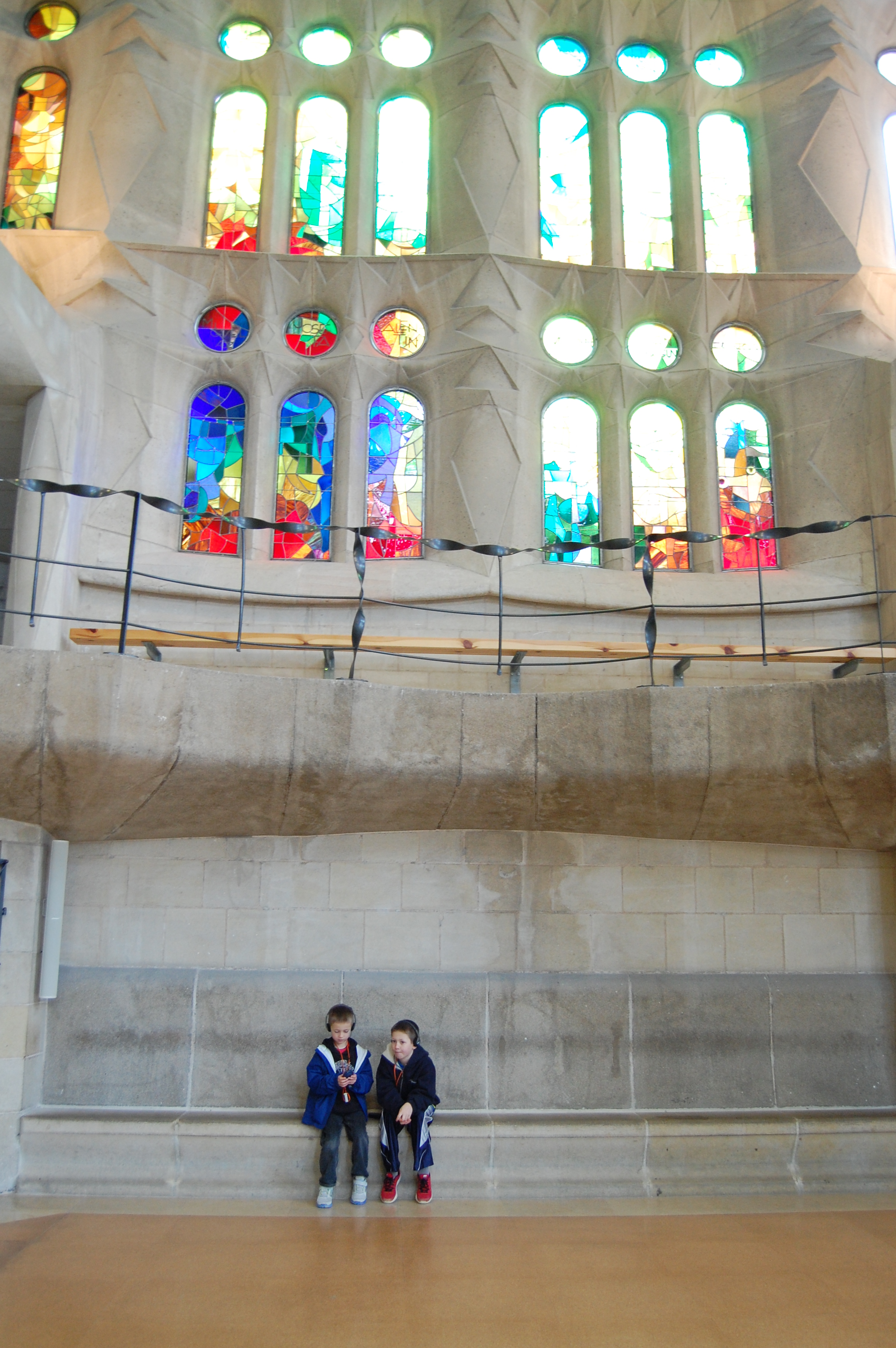Stage 1: A seed is planted.
Careful accounting of a potential extra income stream was not the reason we started talking about the prospect of a holiday house. This view was.
This picture was taken in Andalucia, Spain in 2013 on one of our very first trips in Europe. It was young love at first sight. Here’s the story of our first date.
Stage 2: Fire hose watering.
What generous people would call the brainstorming phase, husband’s of wives with an internet connection and blind love for the words “villa” and “finca”would might call the crazy house hunting phase. This was about a year long period when I found about 30 *perfect* houses where search parameters = nil and I seemed to keep forgetting the reality of three still to pay college tuitions.
Stage 3: Plan to paper.
Adhoc approaches may work in finding your next vacation destination but once Spanish property law starts encroaching on your intraweb searching, you know it’s time to get sangria-serious. At some point, wanting to buy a holiday house in Spain because of the climate, friendly people and olive trees isn’t enough direction for the search box. It was through this phase and the accumulation of many more travel experiences in Spain and elsewhere that brought necessary parameters to the search. Honestly, we wanted to find a place that brought us a sense of rest and peace that our first trip to Andalucia inspired and to be able to share that experience with others.
The parameters ... The vast majority of foreigners considering property in Spain naturally look along the coast, particularly the Costa del Sol which is much like Florida. We however went the less popular direction and narrowed our search to inland property in either Granada or Cadiz province, a property within 5-10 minutes of a village, 10-20 minutes to a town with services, less than 90 minutes (ideally 60 minutes) to the coast, a major tourist attraction in Spain, and to an airport. We were also looking for a smaller sized property surrounded by protected land with open vistas of hills and/or mountains, and an already redone comfortable property connected to water, electrical and high speed internet with an existing holiday rental track record. In short, we were looking to find a needle in a sea of white villages.
Stage 4: The Wait.
This is the phase where week after week you get the “Sorry, we don't currently have any property matching your criteria.” and you start to think that maybe it was Italy you really fell in love with.
Stage 5: A Match.
When you are least expecting it, a casual refresh button on a dream sometimes yields a result that looks like this. After several years of casual browsing, this was the first and best priced property that ticked all of our boxes and then some.
The matching proof ... Not only does this property have the most stunning views of the Andalucian countryside but it also has views of the snowcapped Sierra Nevadas. It’s within a 10 minute drive to Montefrio, recently named as one of the ten best views in the world by the National Geographic magazine. It is a 40 minute drive to the major tourist attraction of Granada and the Alhambra, a 60 minute drive to the coast, and 90 minutes from Malaga airport. The property is less than one acre with 6 olive trees, 15 almond trees, and 3 fig trees in production but with the acres of protected land around it – it feels like the mountain version of being on your own deserted island. Comfort, connections, and turn-key rental business also checked.
Stage 6: The Preparation.
This is when the spreadsheet comes out and you gather the courage to send your first inquiry email. In this case it was directly to the private seller who is a British family who restored the cortijo themselves and who patiently answered all my detailed questions. Through the back and forth, it was clear it was a property I needed to see in person. I also sent an email to Andrew Forbes, the owner of the first house we stayed in in Andalucia. As a foreigner who has bought a house in Spain and a travel compatriot, Andrew had lots of good advice including this: “Buy the house or any house in Spain because you love it - don't buy for investment - too big a risk.” He also told me to be aware that this part of Spain is very, very hot in summer. And as serendipity would have it, Andrew had actually visited this property once when a friend was renting it and had written glowingly about it on his blog.
Stage 7: Reality Meets Dream.
It is wise to bring a wing man when you are chasing a dream. As my husband was working, he suggested our 19 year old son come as his surrogate. Not only was Quinn a fantastic traveling companion and navigator but in one of those parenting inversions, he was the voice of reason and comfort when my anxiety got the better of me a couple of times.
The flight time from London to Malaga is normally a manageable 3 hours but for our journey … the trains to Gatwick were delayed ... the computers for passport control weren’t operational when we landed in Malaga causing queue unrest ... then there was my driving for the first time in 7 months .. in the dark… with the GPS not working … me yelling at my son instead of the GPS …around spaghetti freeways … in a tiny Fiat that had no pick up when I floored it … getting pulled over by a police officer for having the brights on and saying “Merci” instead of “Gracias” … needless to say, in your dreams – you forget the travel hassles. And we were only coming from London.
Right, the flight time from Seattle to Malaga is 15 hours. Noted.
The 90 minute drive to the property the next morning was better. We arrived exactly on time and were greeted by the owners who graciously toured us around this place they had so lovingly invested the last 10 years in. Quinn eagerly snapped photos and videos as I asked questions. The property, and especially the setting, was even better in person than in photos. We called Brett excitedly after the house visit and our lunch in Montefrio.
But, by afternoon the known reservations we had talked about during the paper exercise hit me like a two-by-four. Quinn hashed it out with me for hours as we spent that evening walking the streets of Granada. As much as I loved the property and the potential, I couldn’t image my family and friends from the USA spending the time or money to get there. I couldn’t imagine us getting there when we move back to Seattle. And even though there was a great rental history and support infrastructure, I couldn’t imagine managing a property from that far away. I didn’t want what started as a dream of a place of rest to become a burden. And Andrew wasn’t kidding: it was hot. Too hot. But it took me being there to understand it at a heart level.
Right, to embrace the slow life we have found in Spain, it isn’t about a place as much as it is about intention. We can unplug and enjoy the scenery where ever we find ourselves. So the dream of owning a holiday house has died – not because we didn’t find one – but because we did and it told us, “Not now.”


